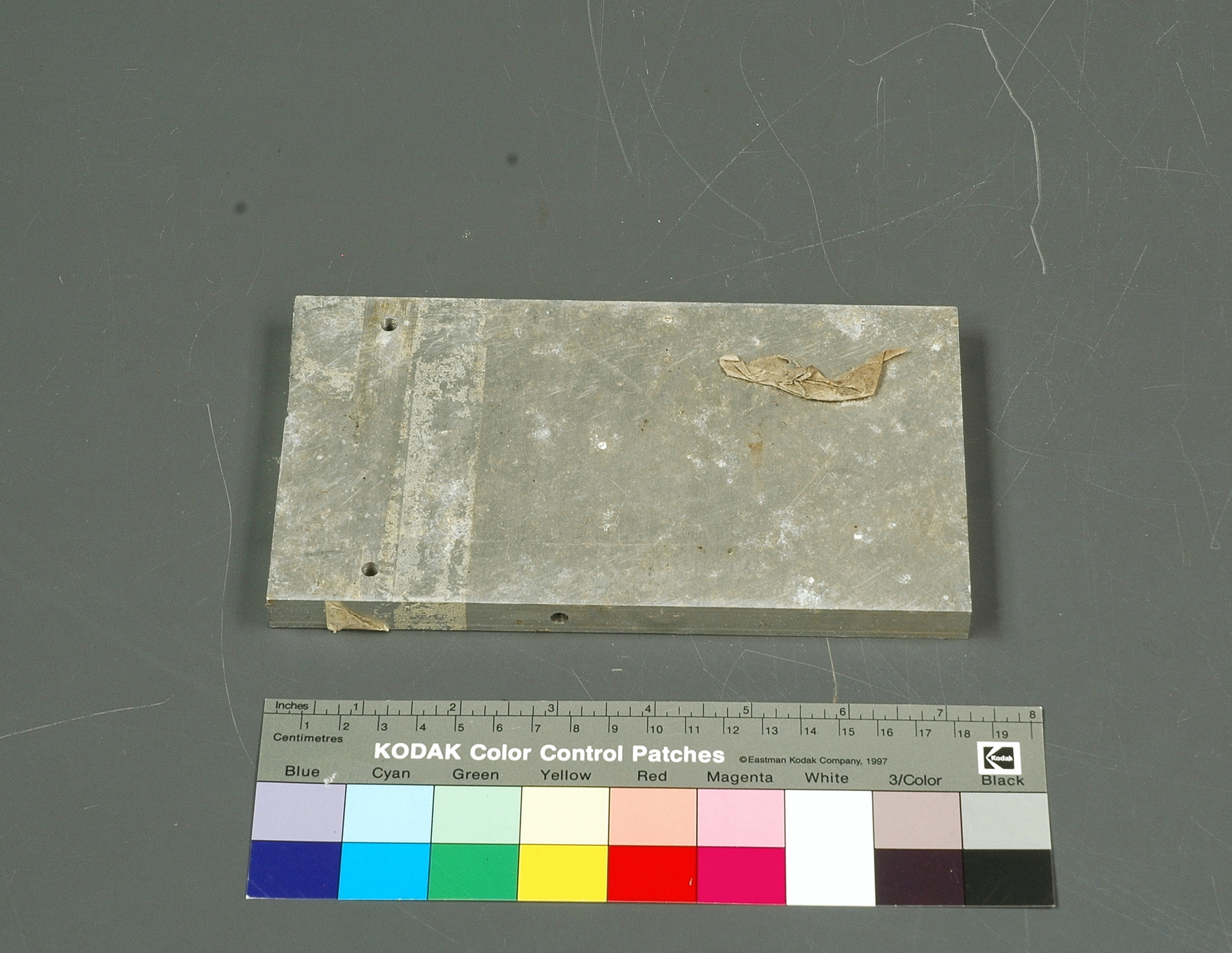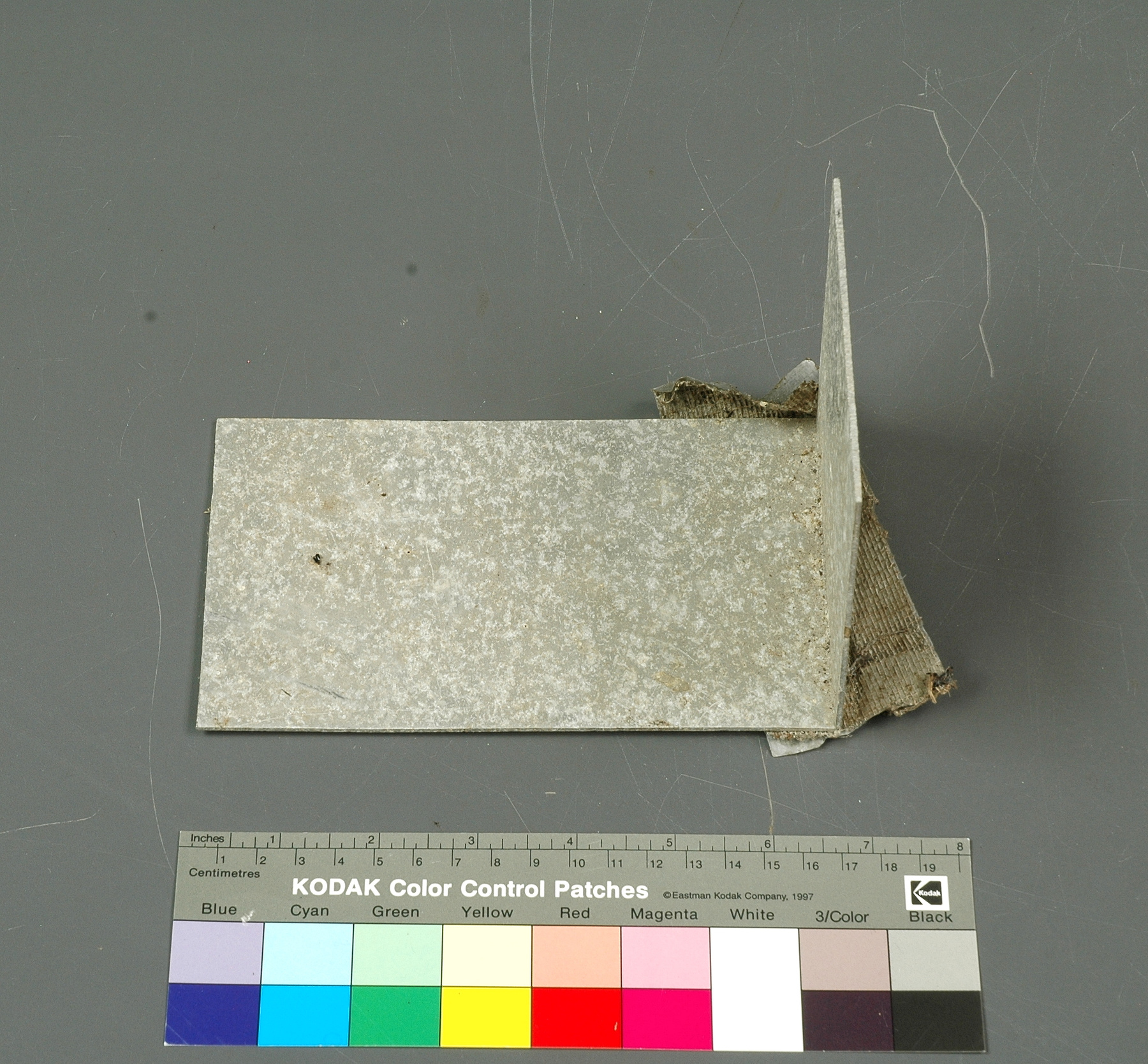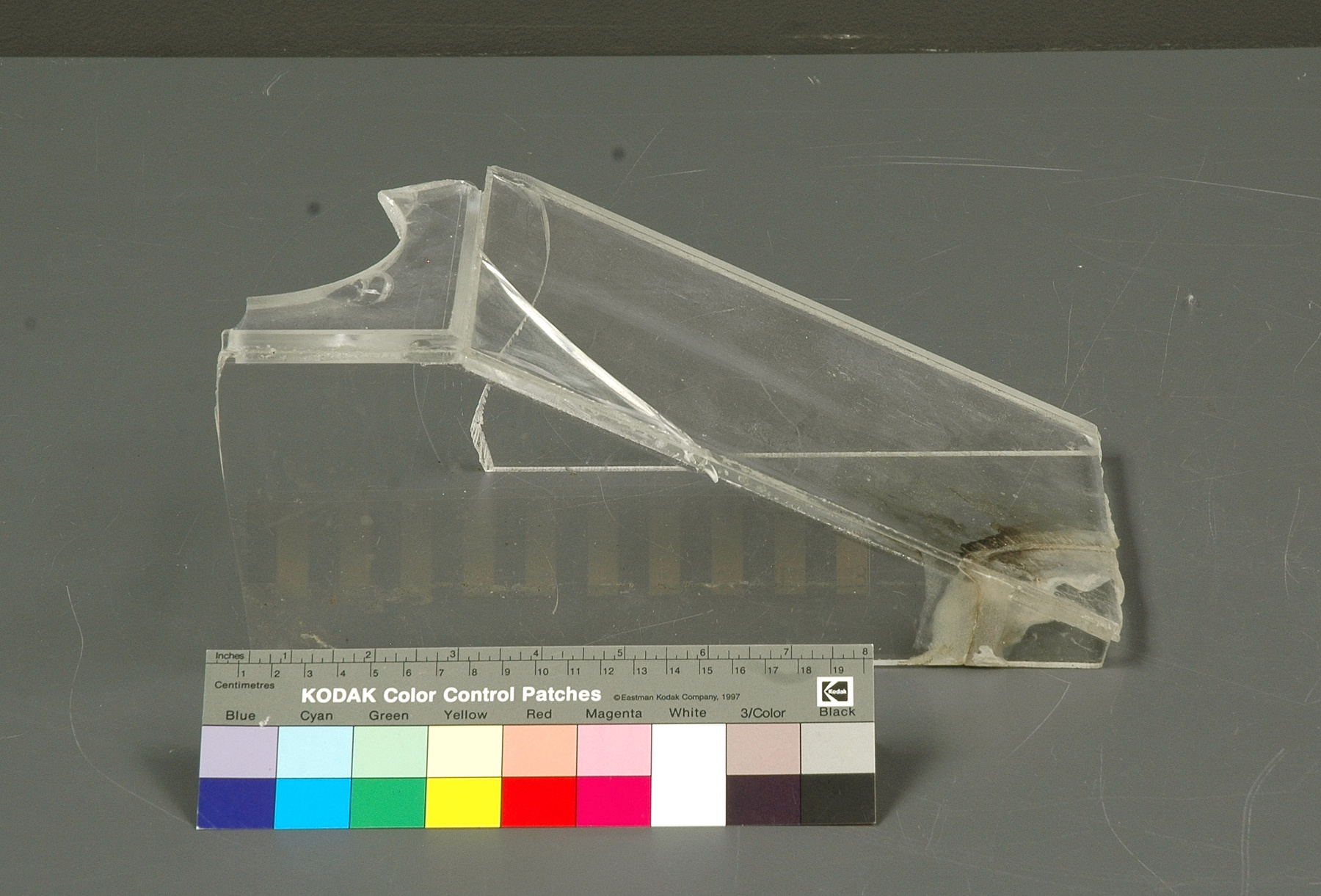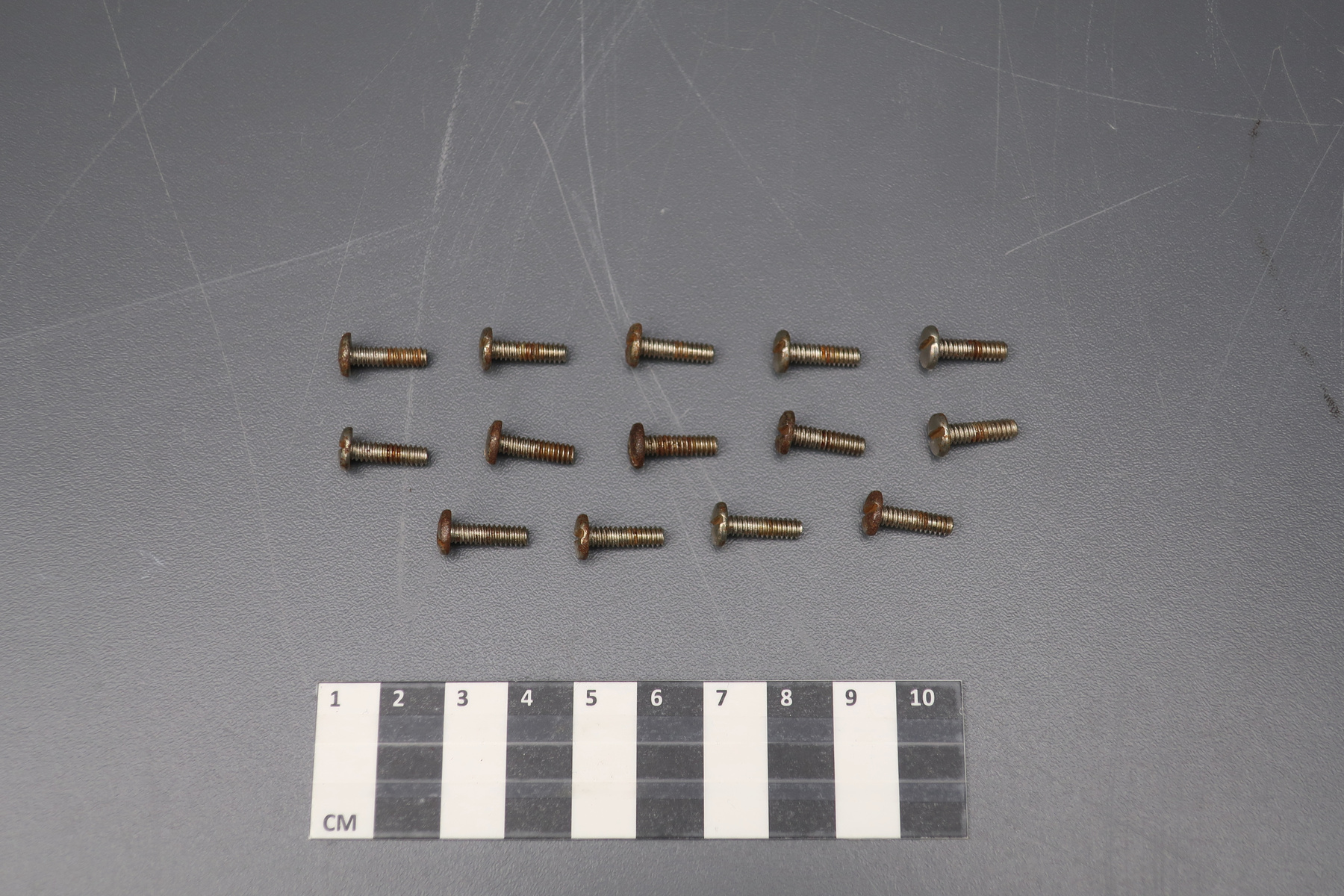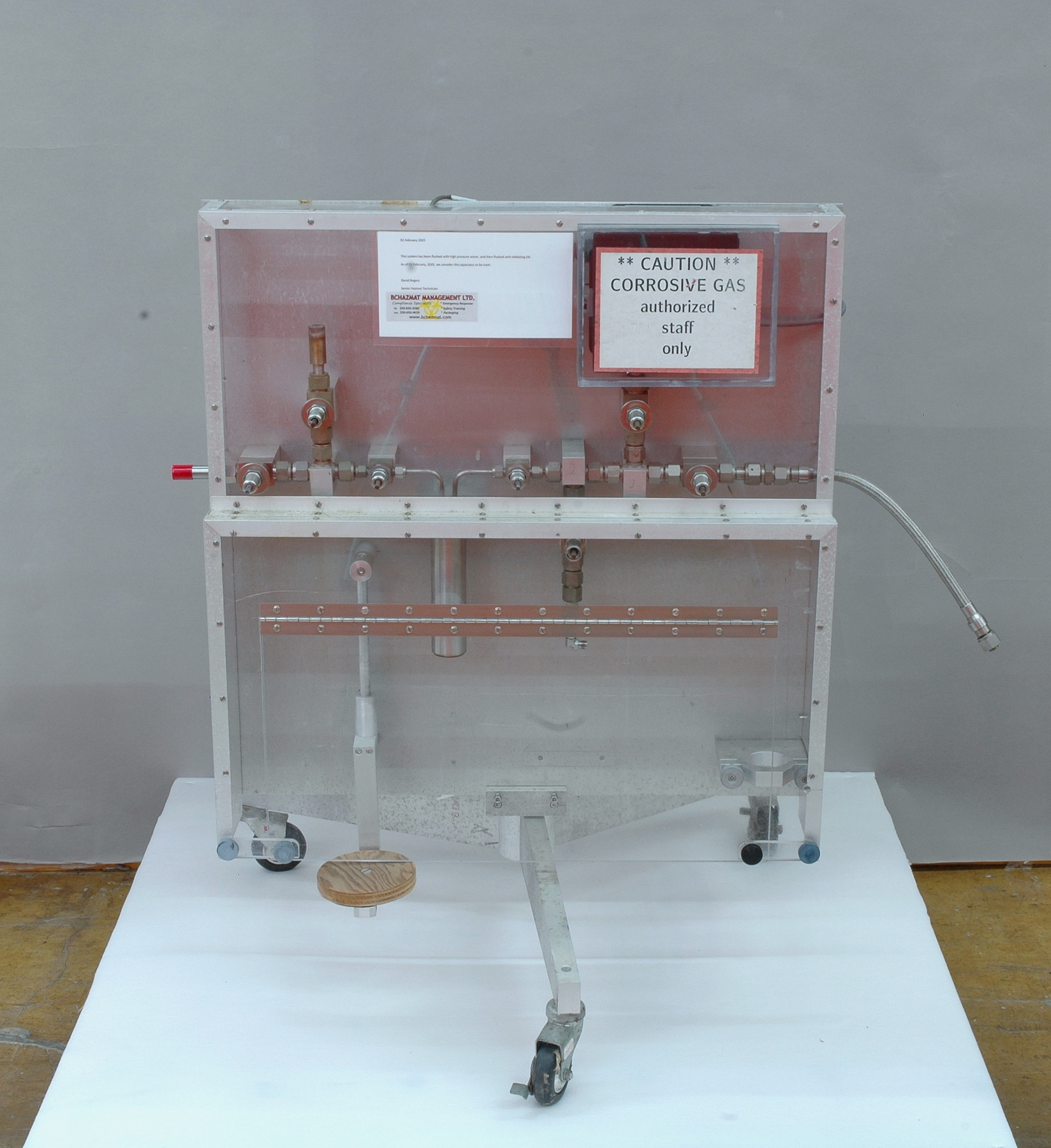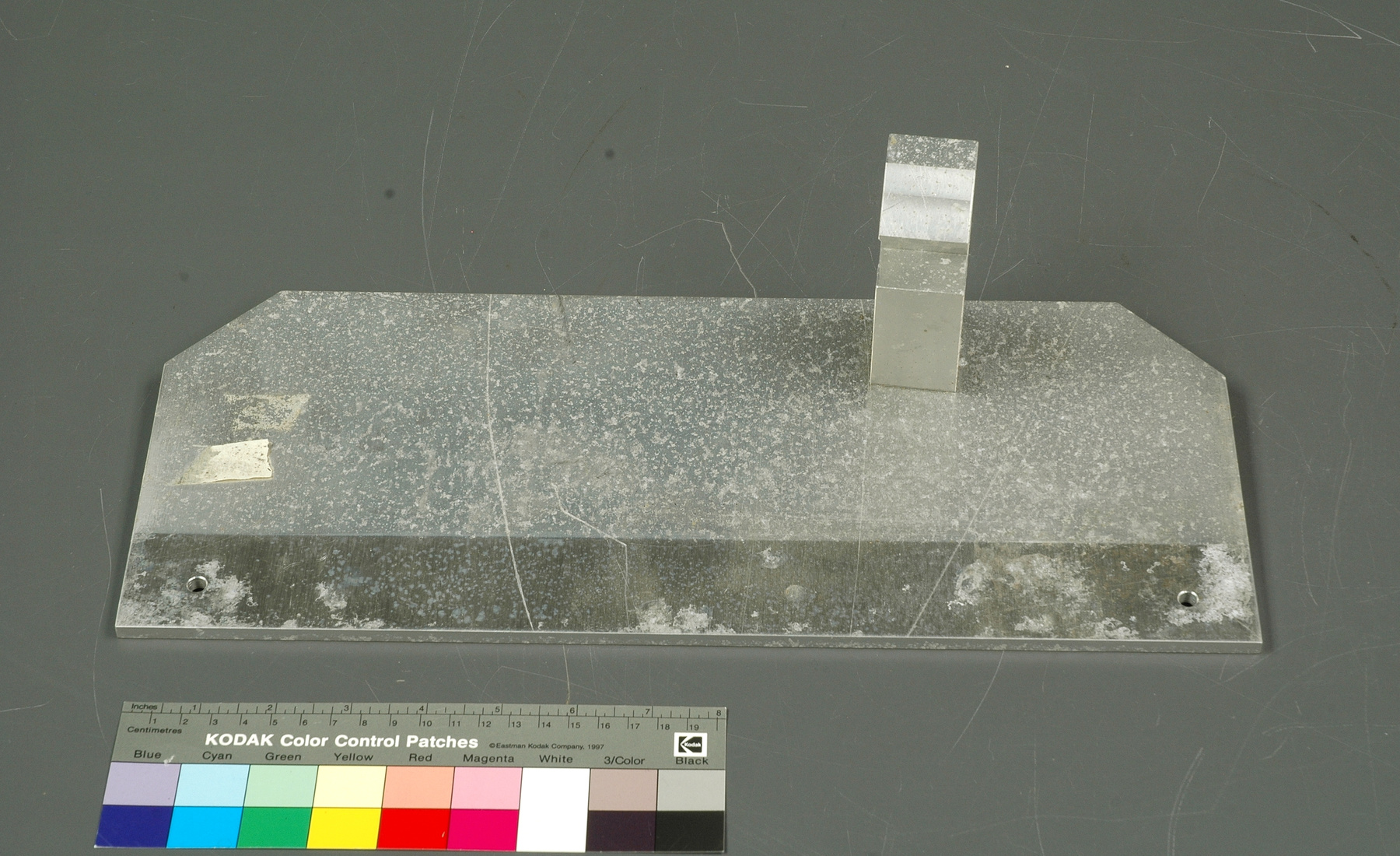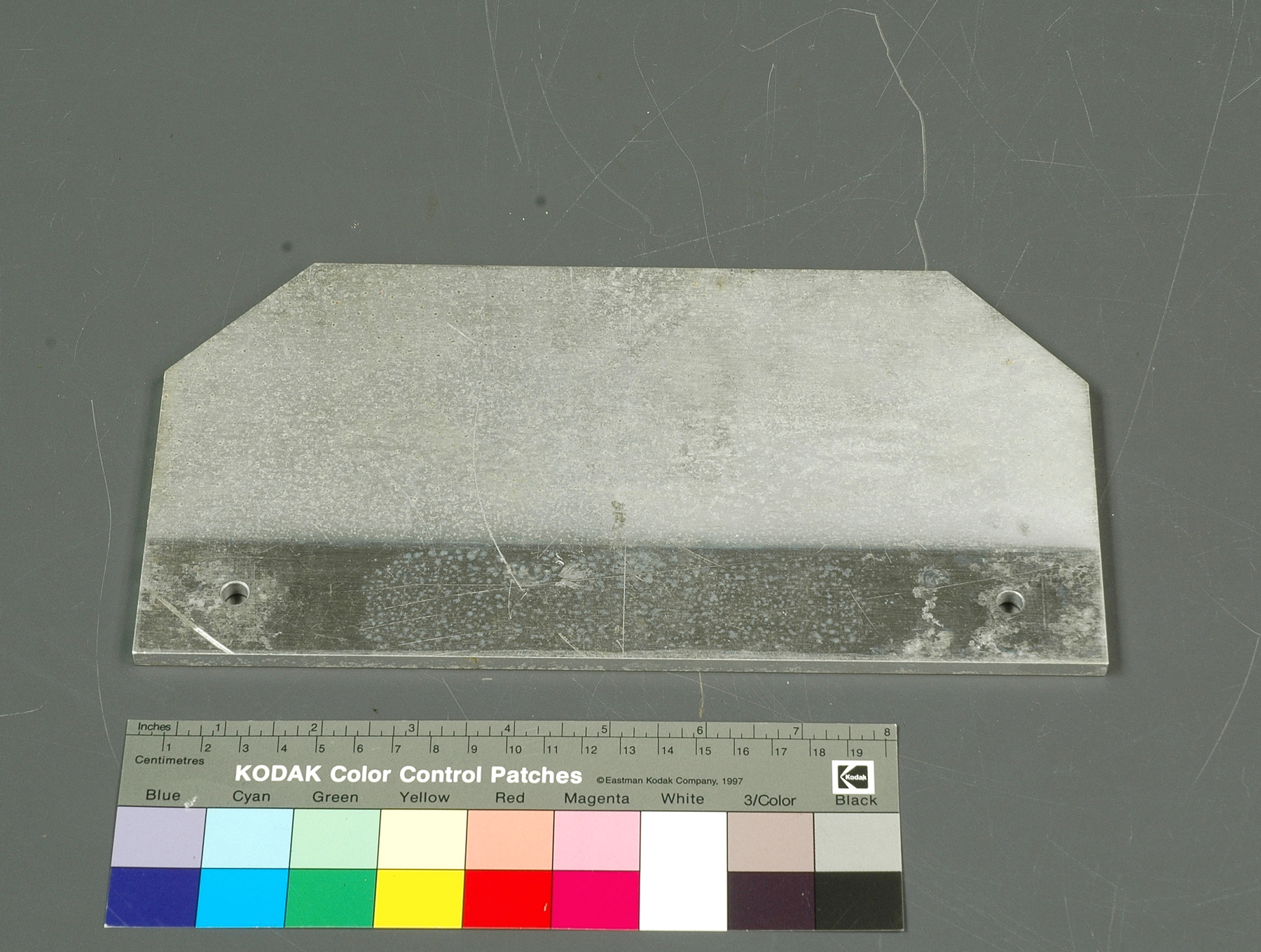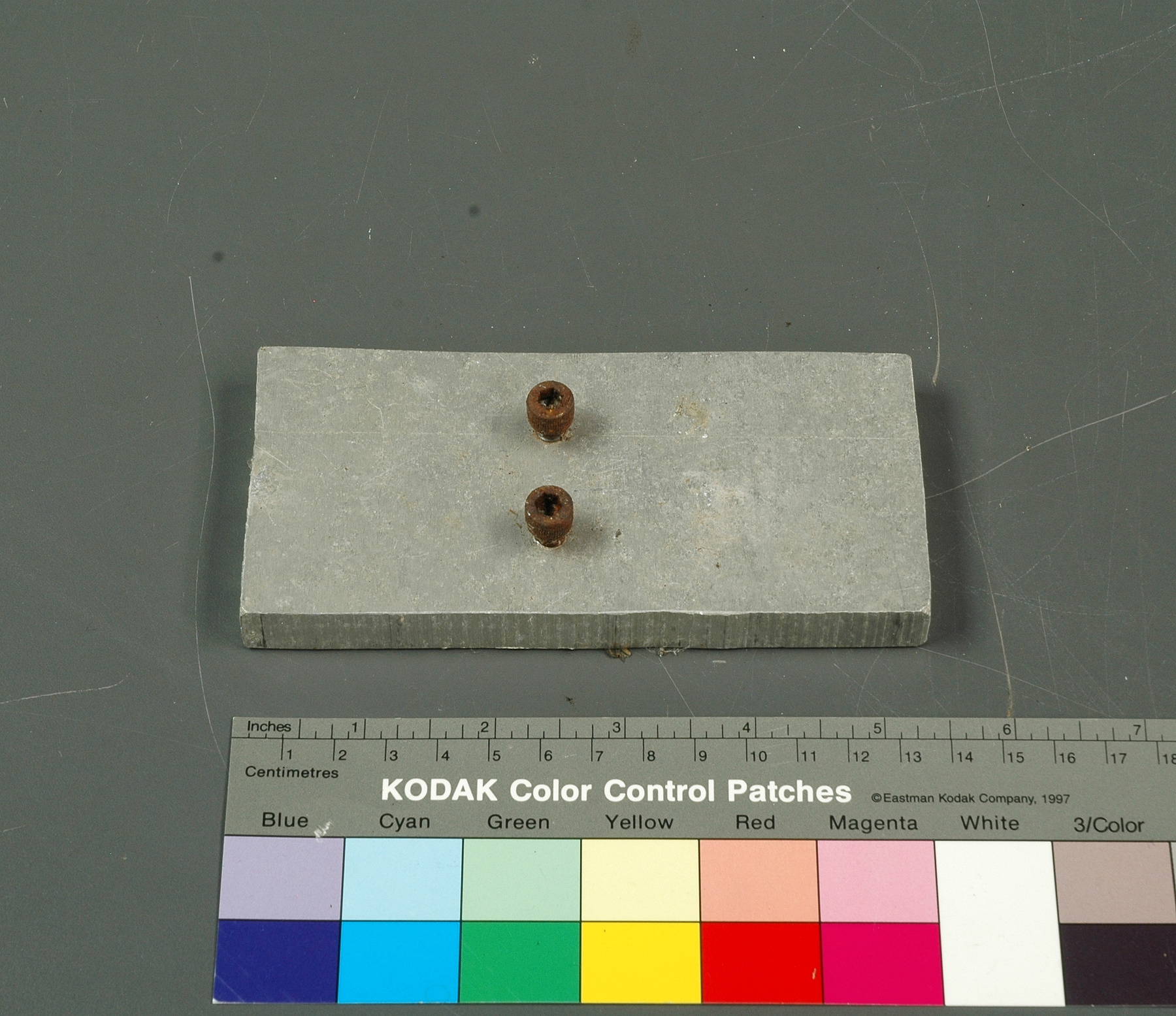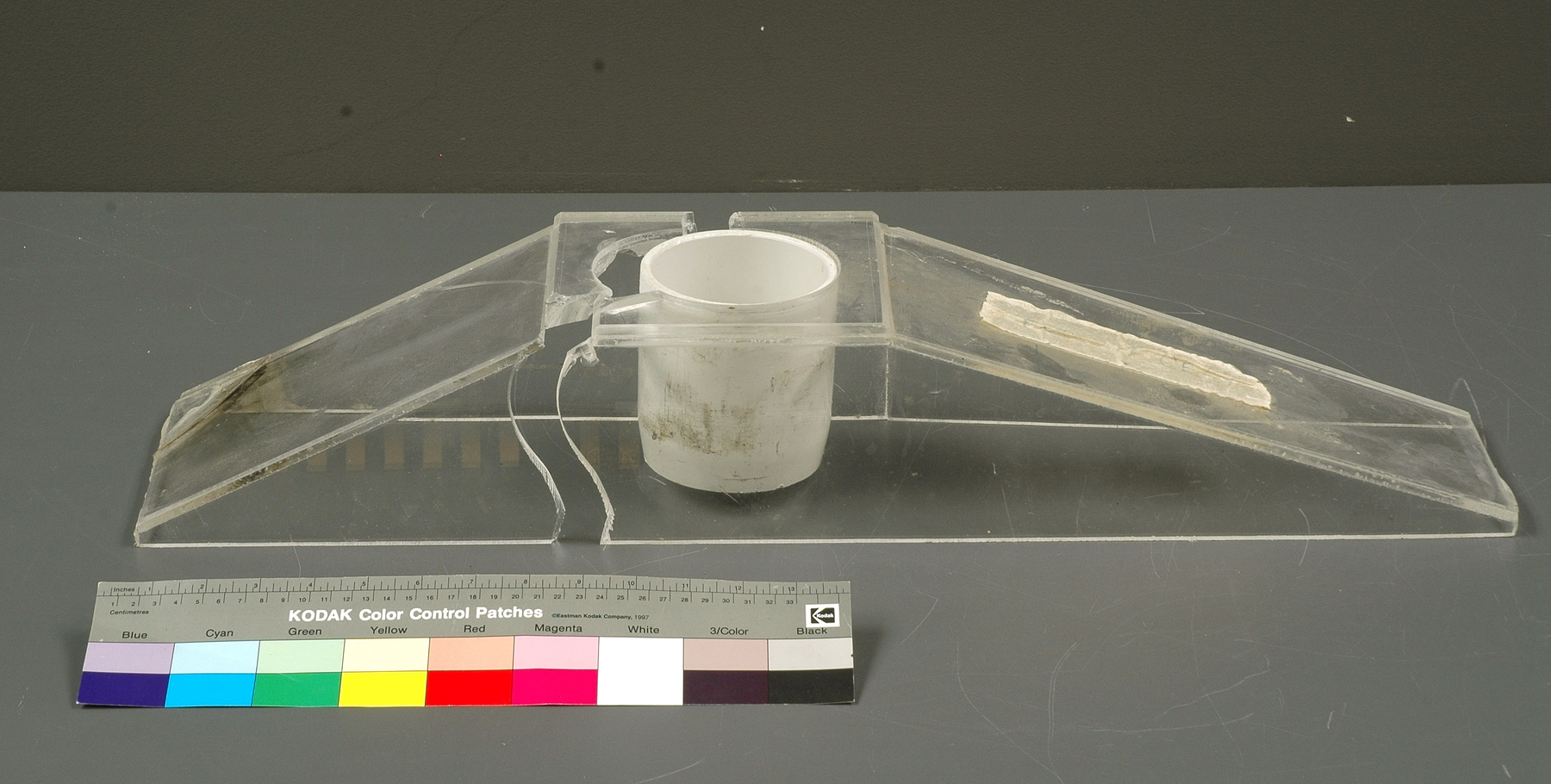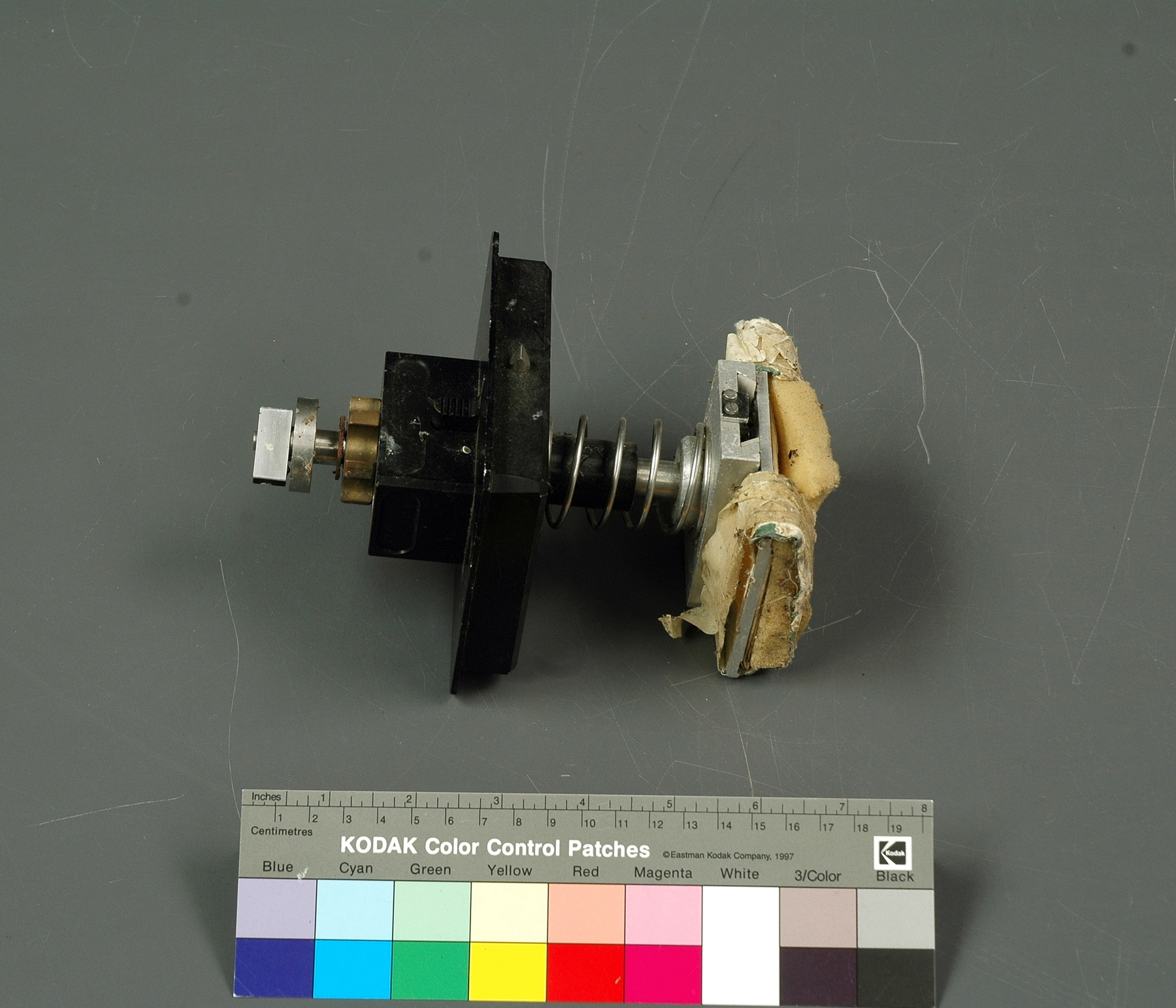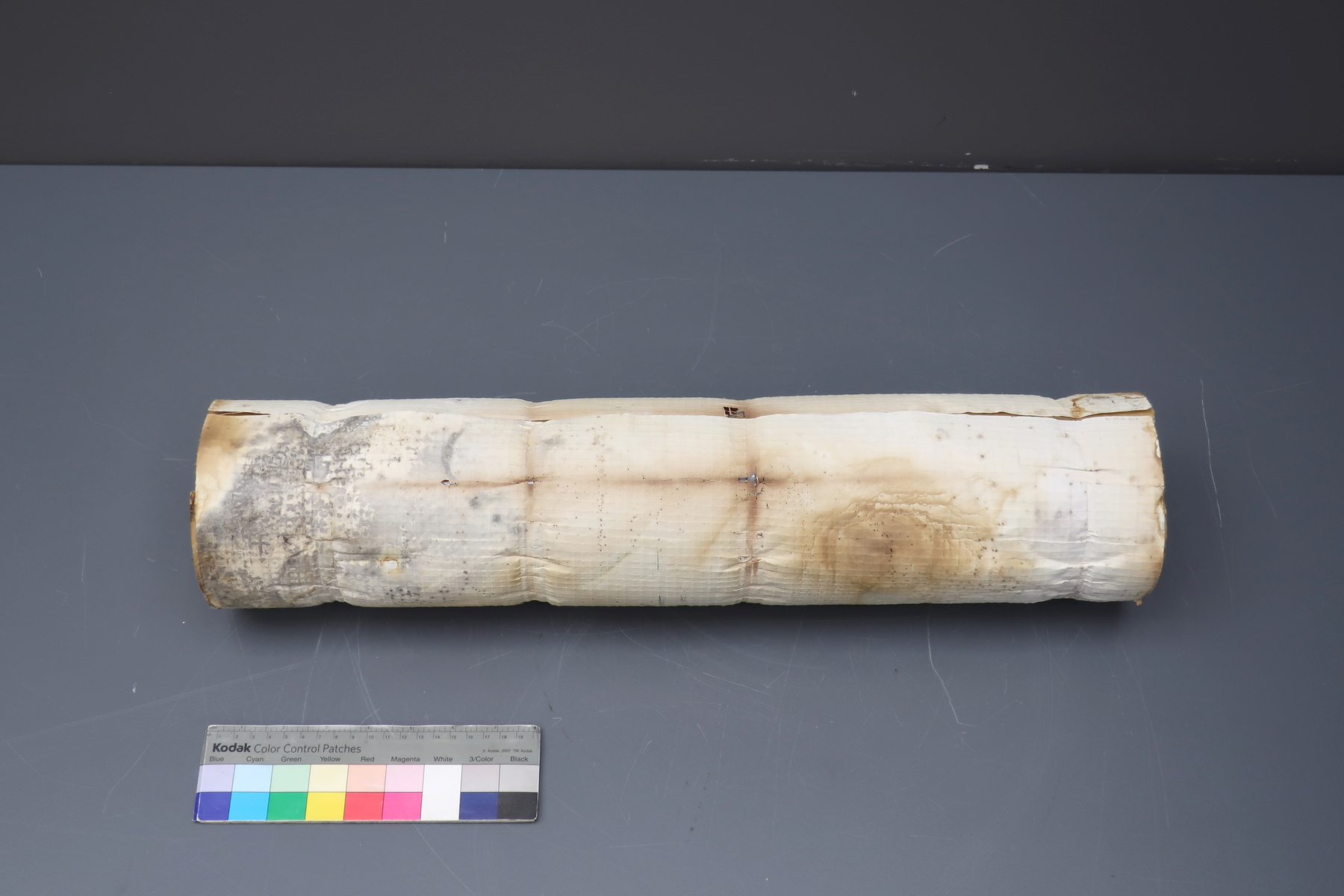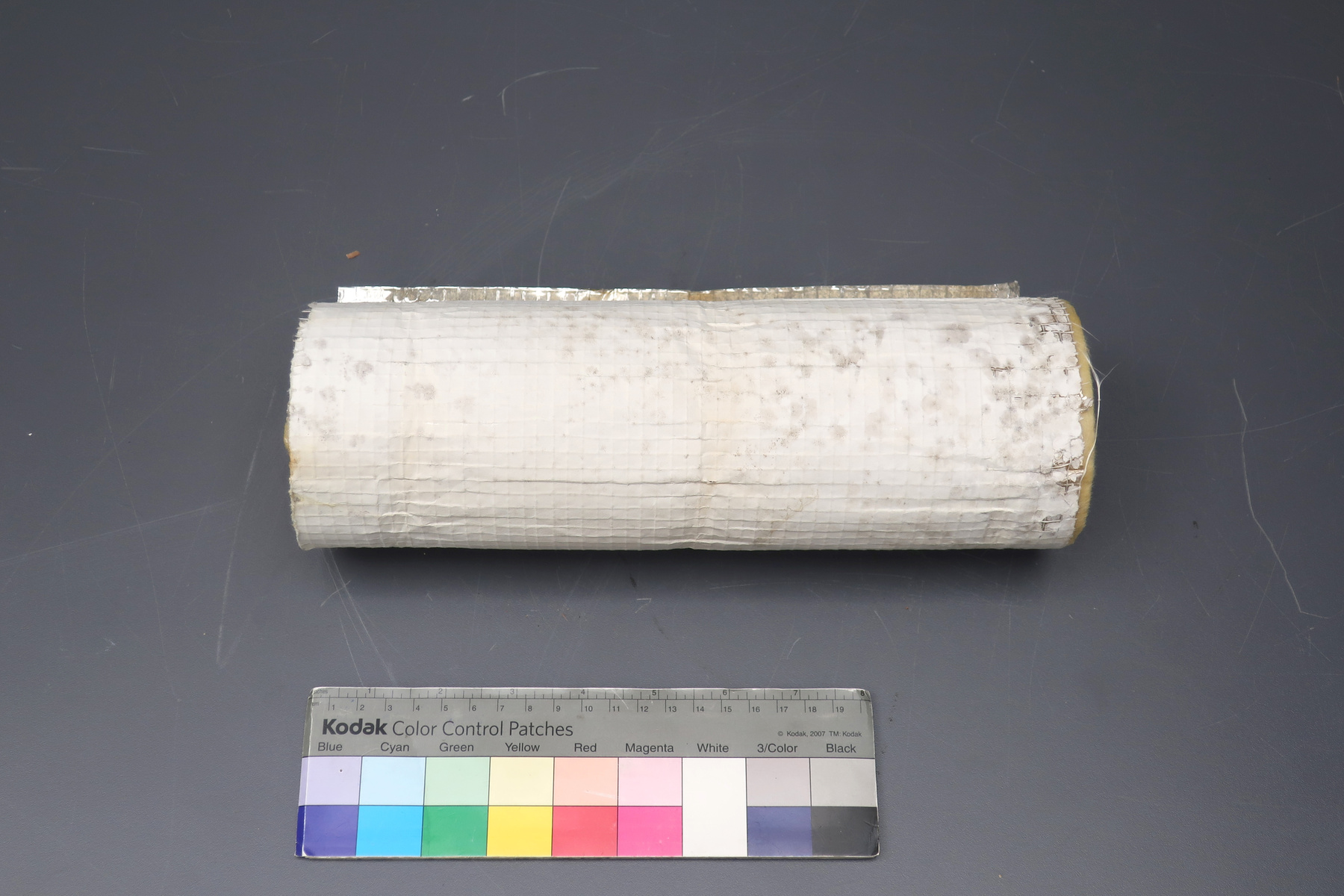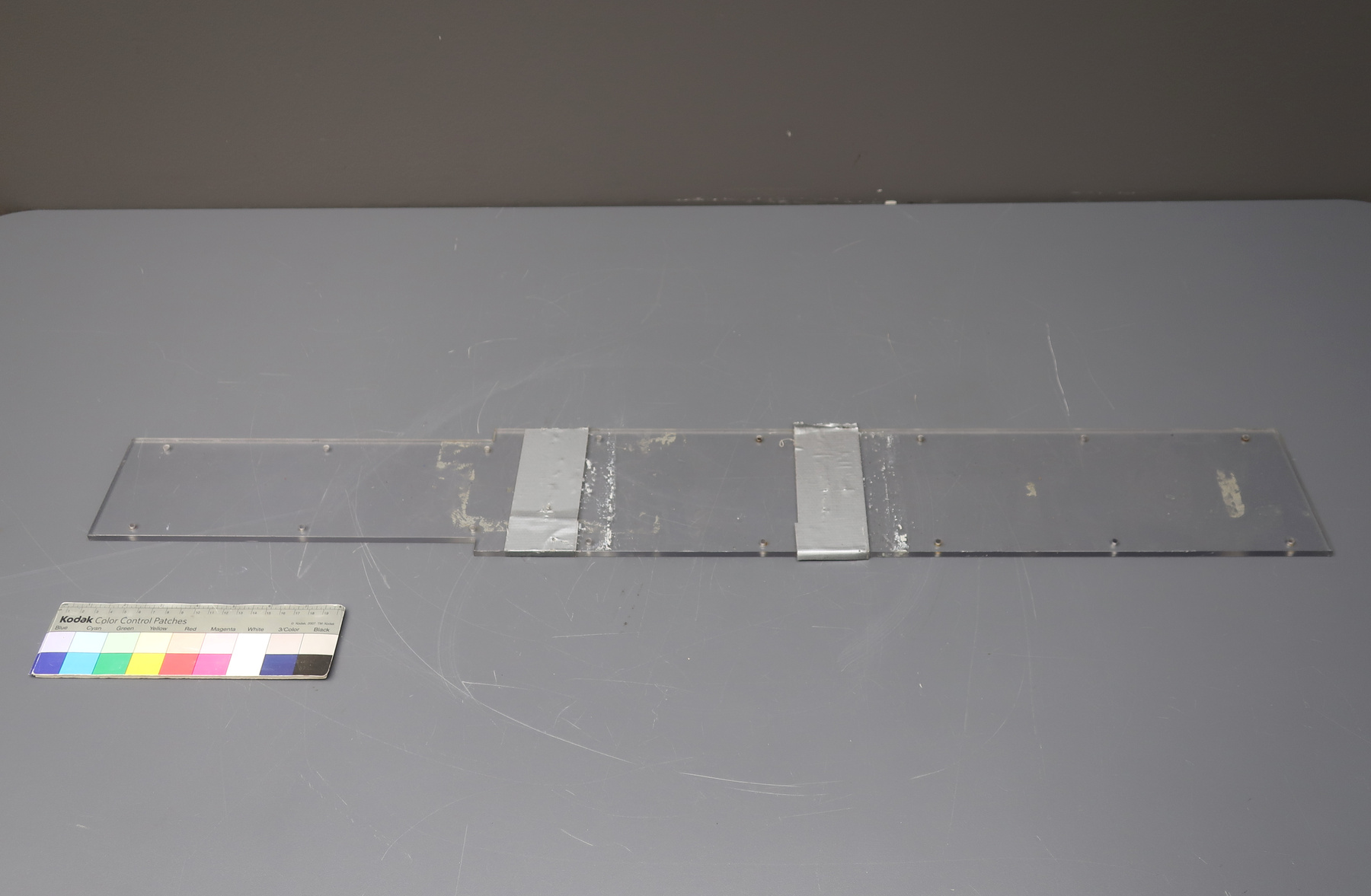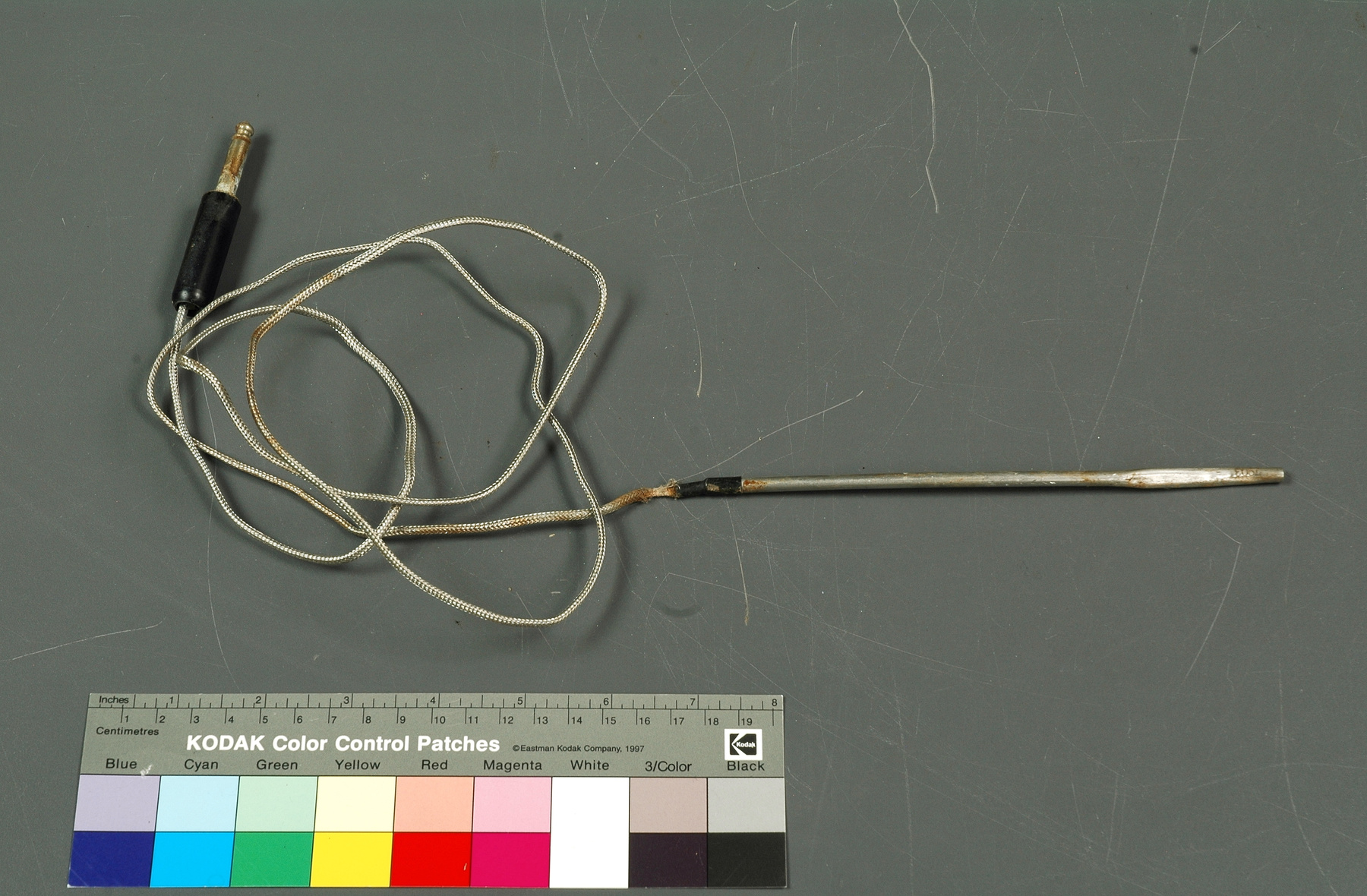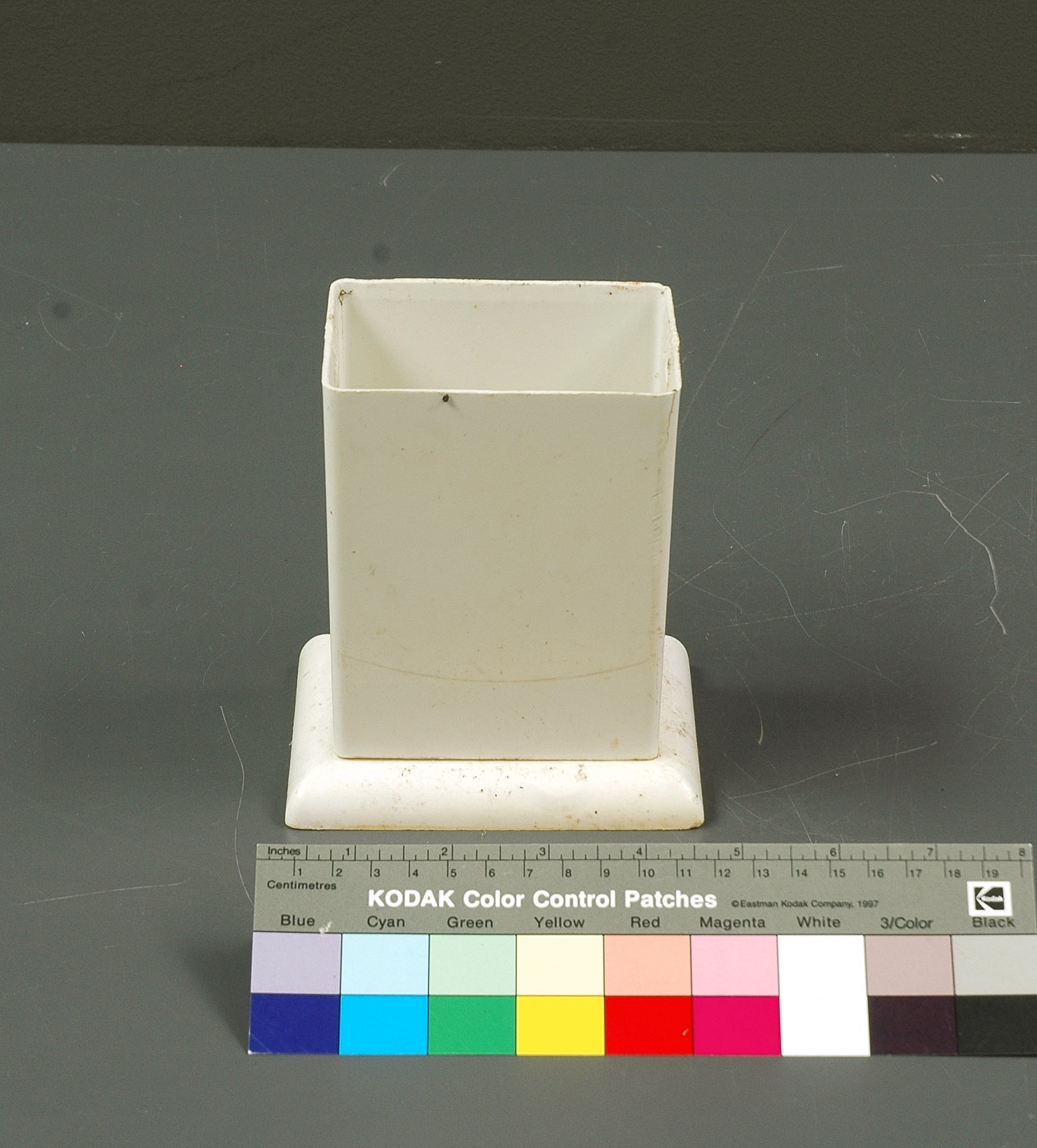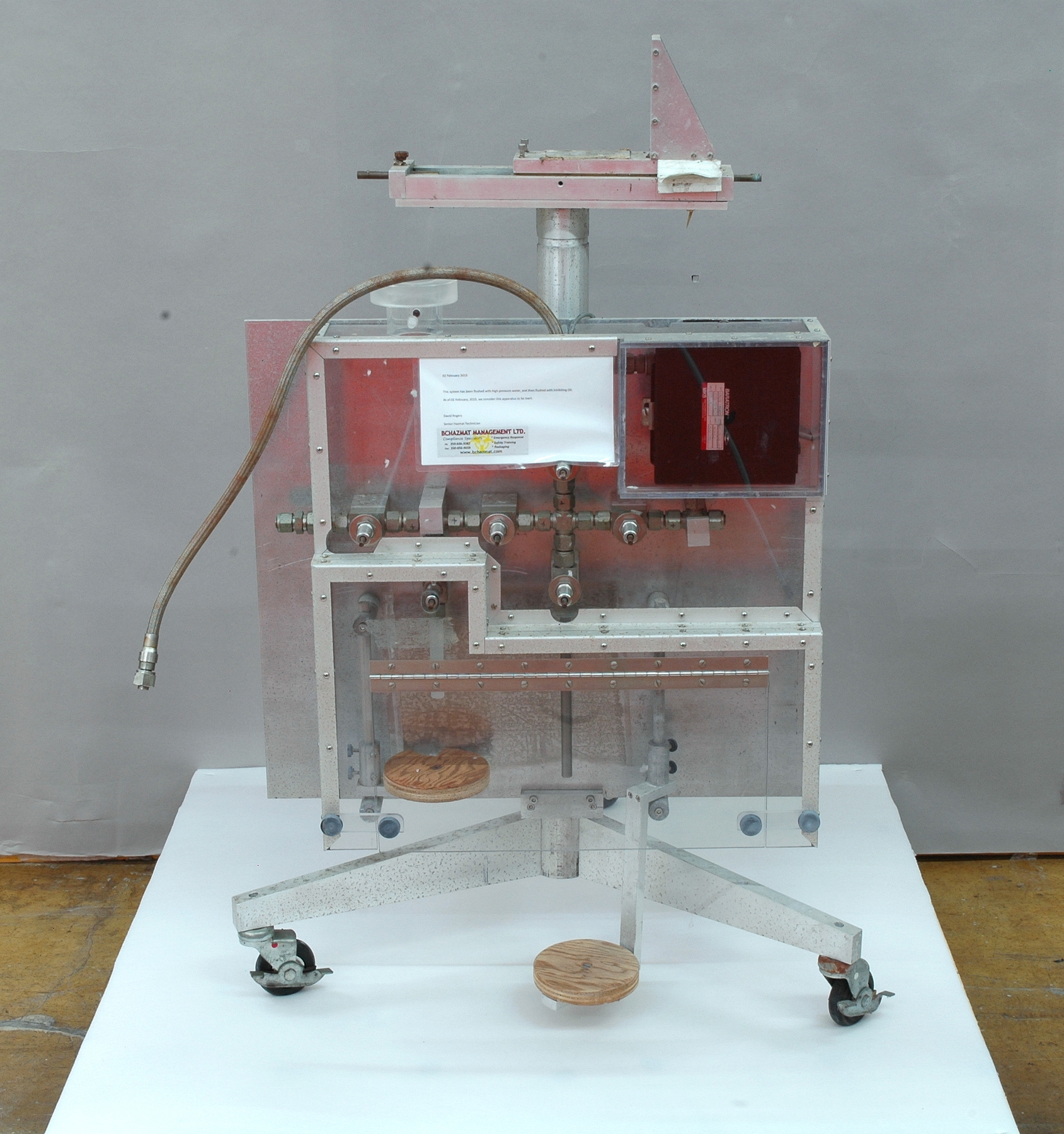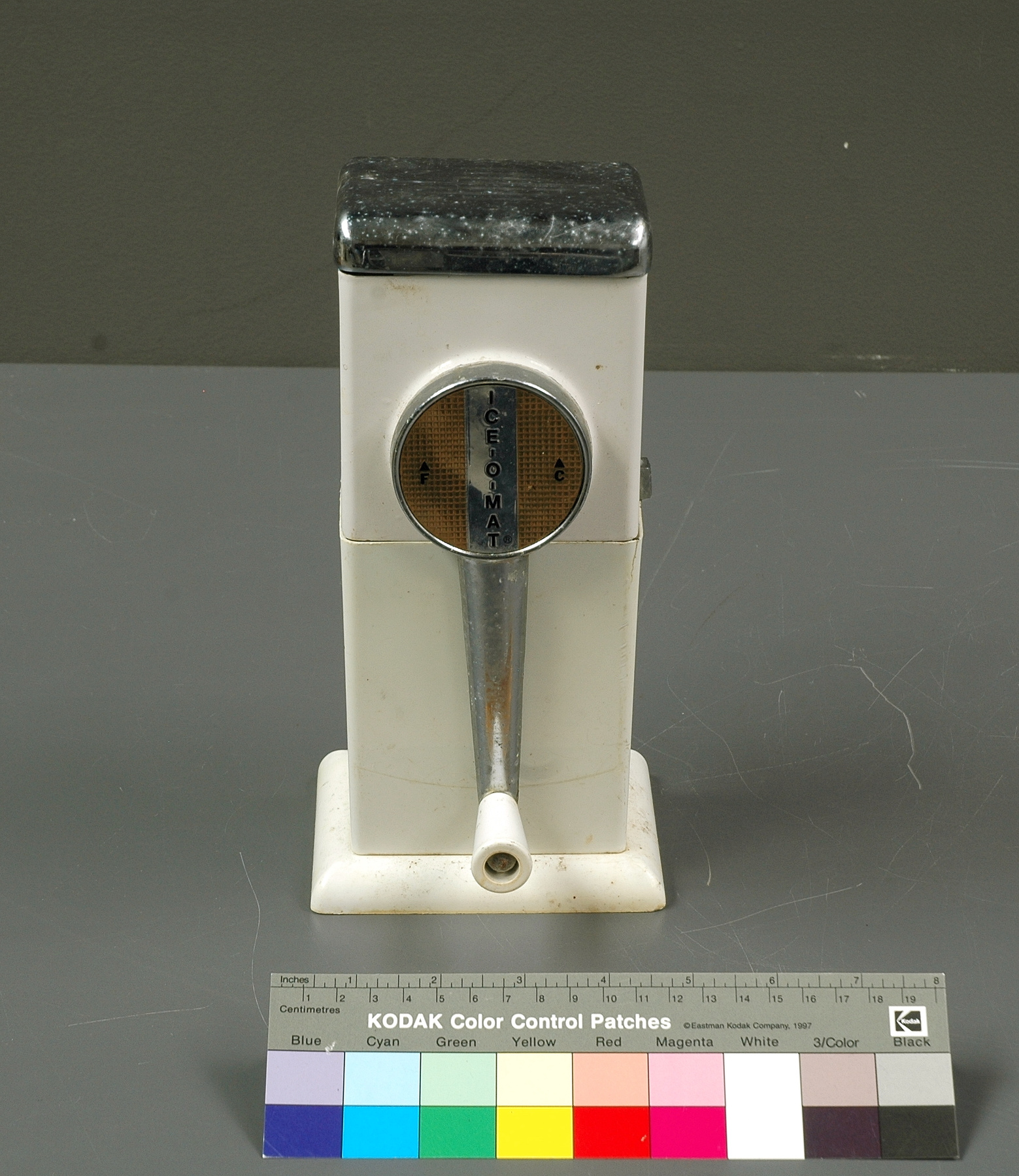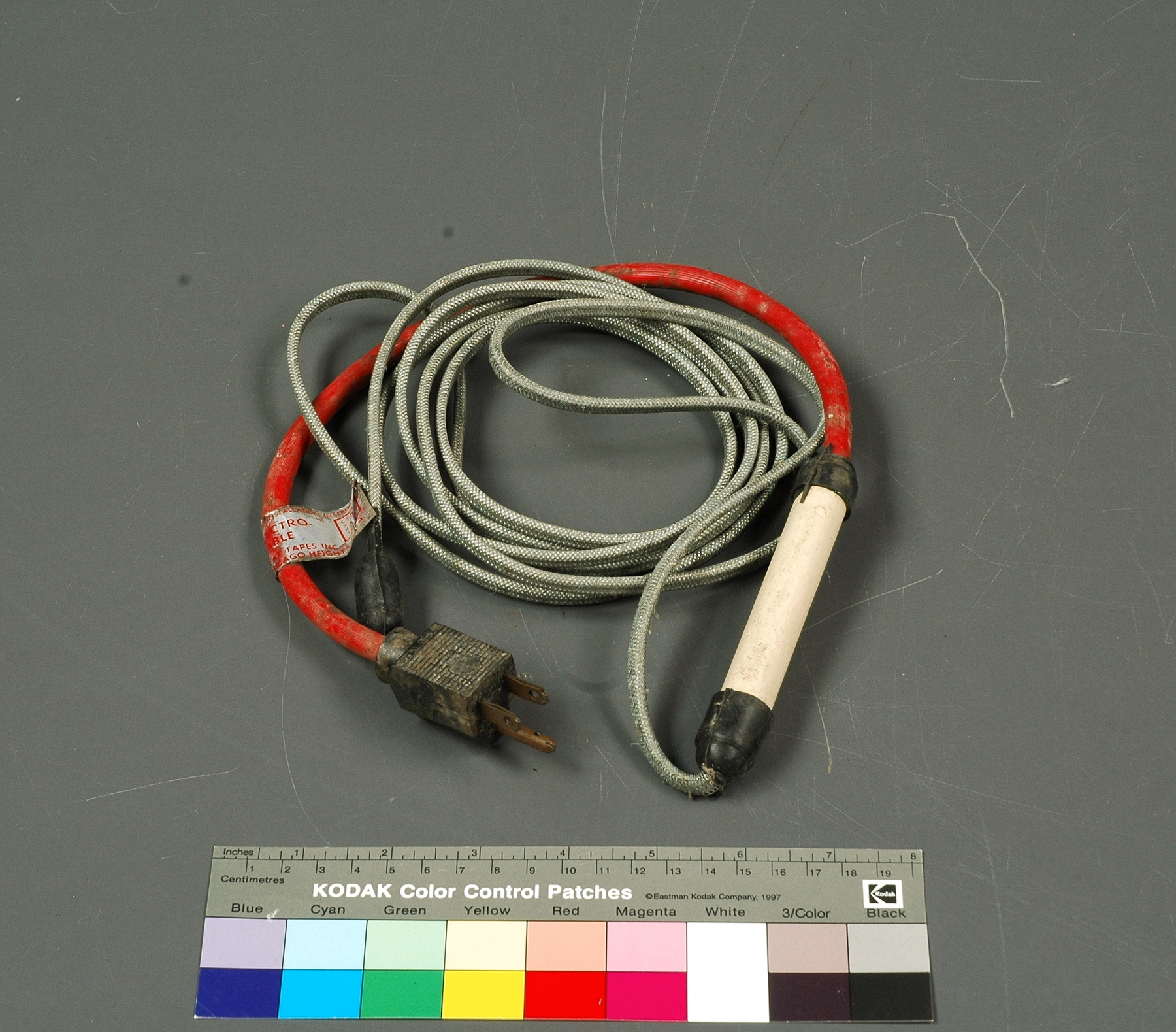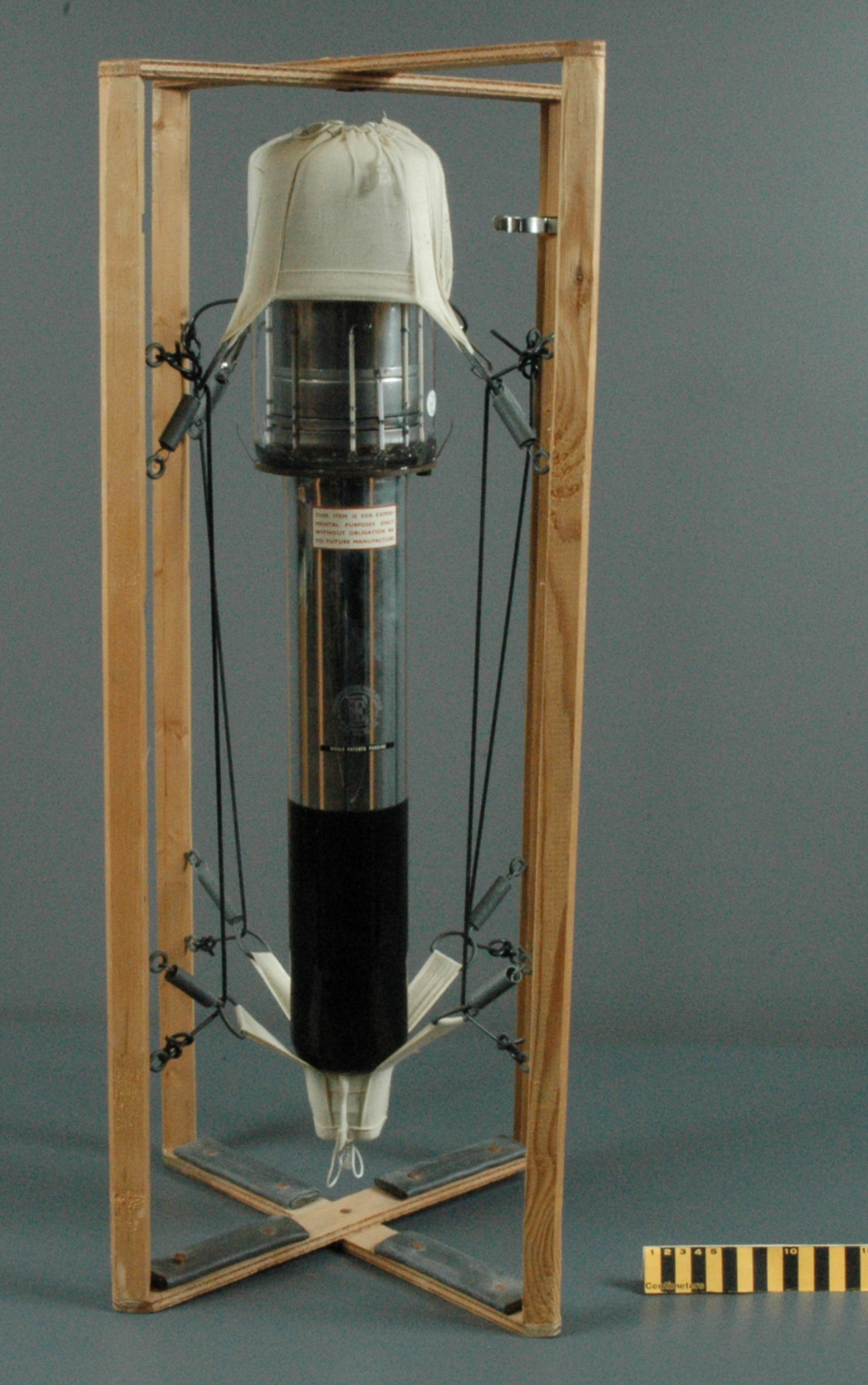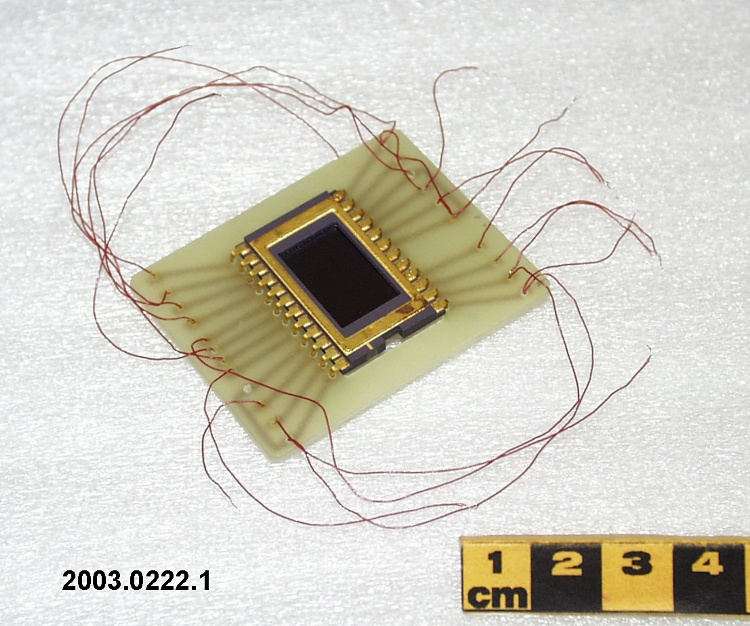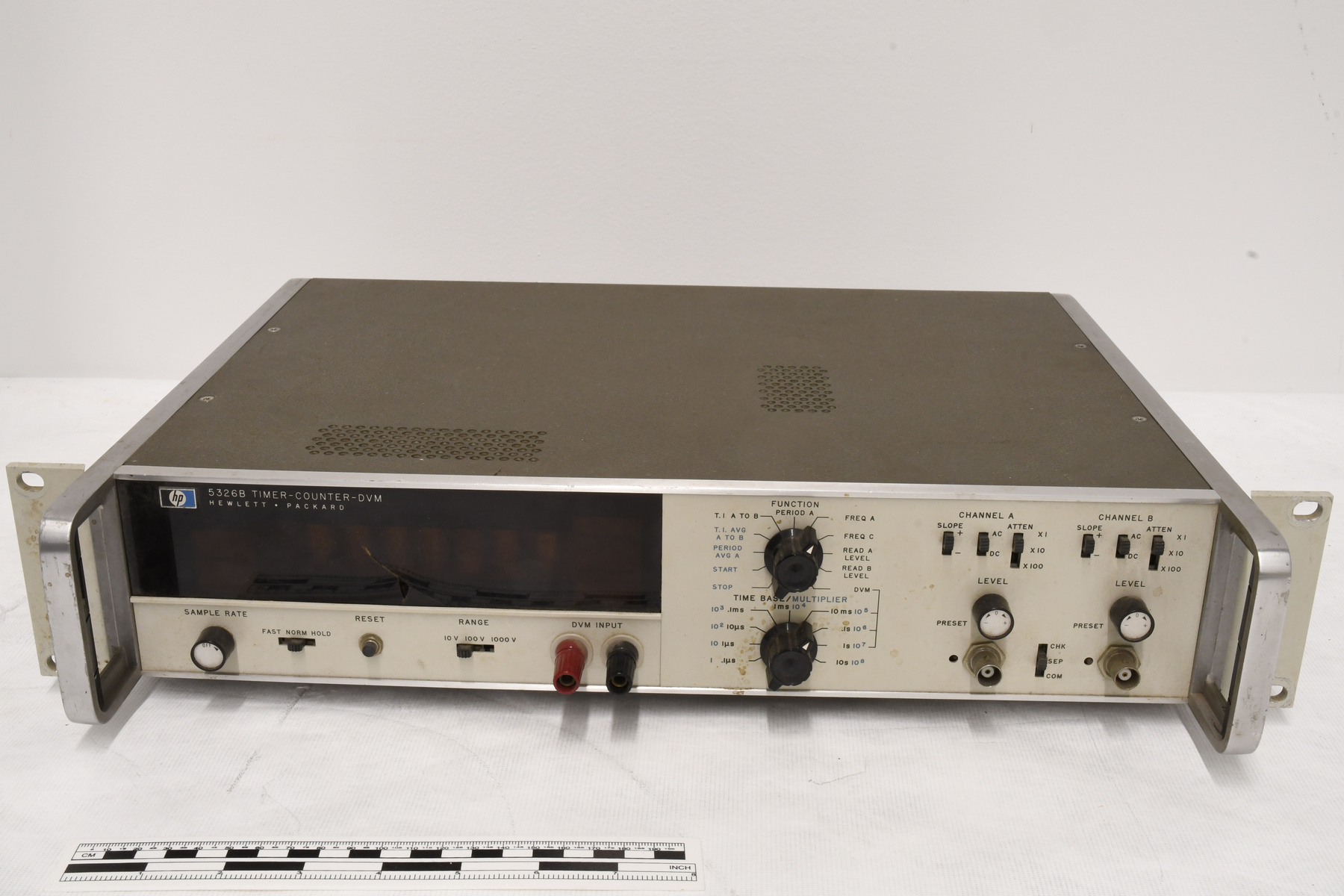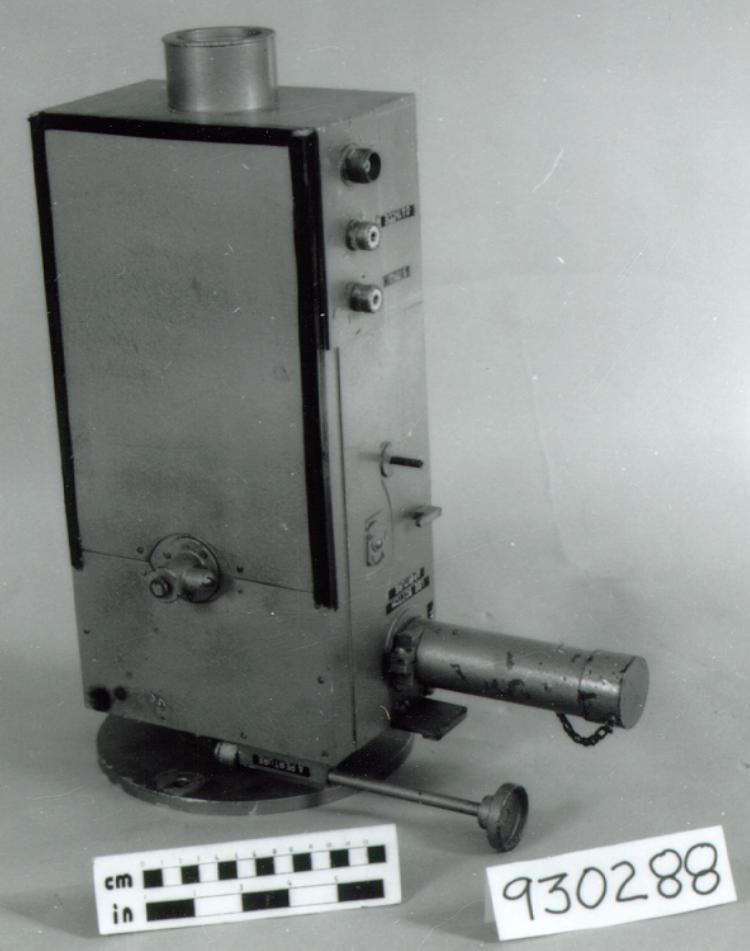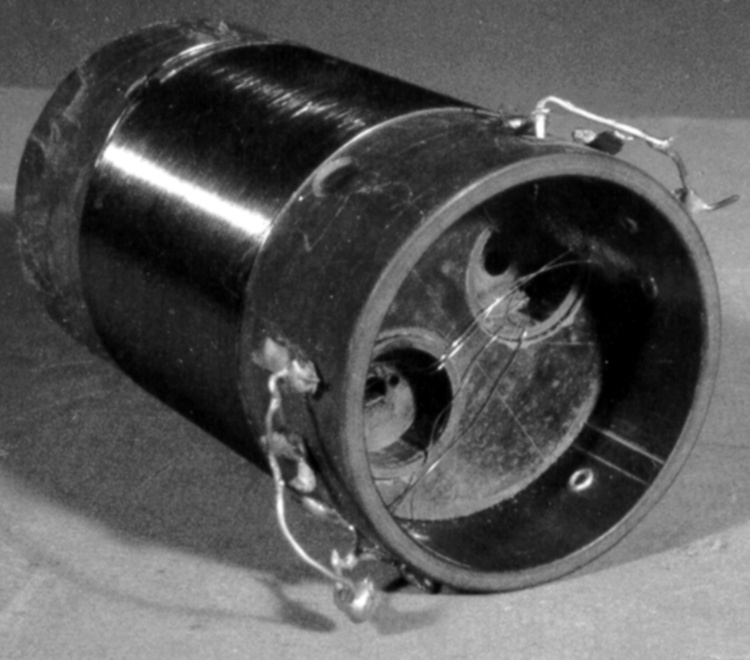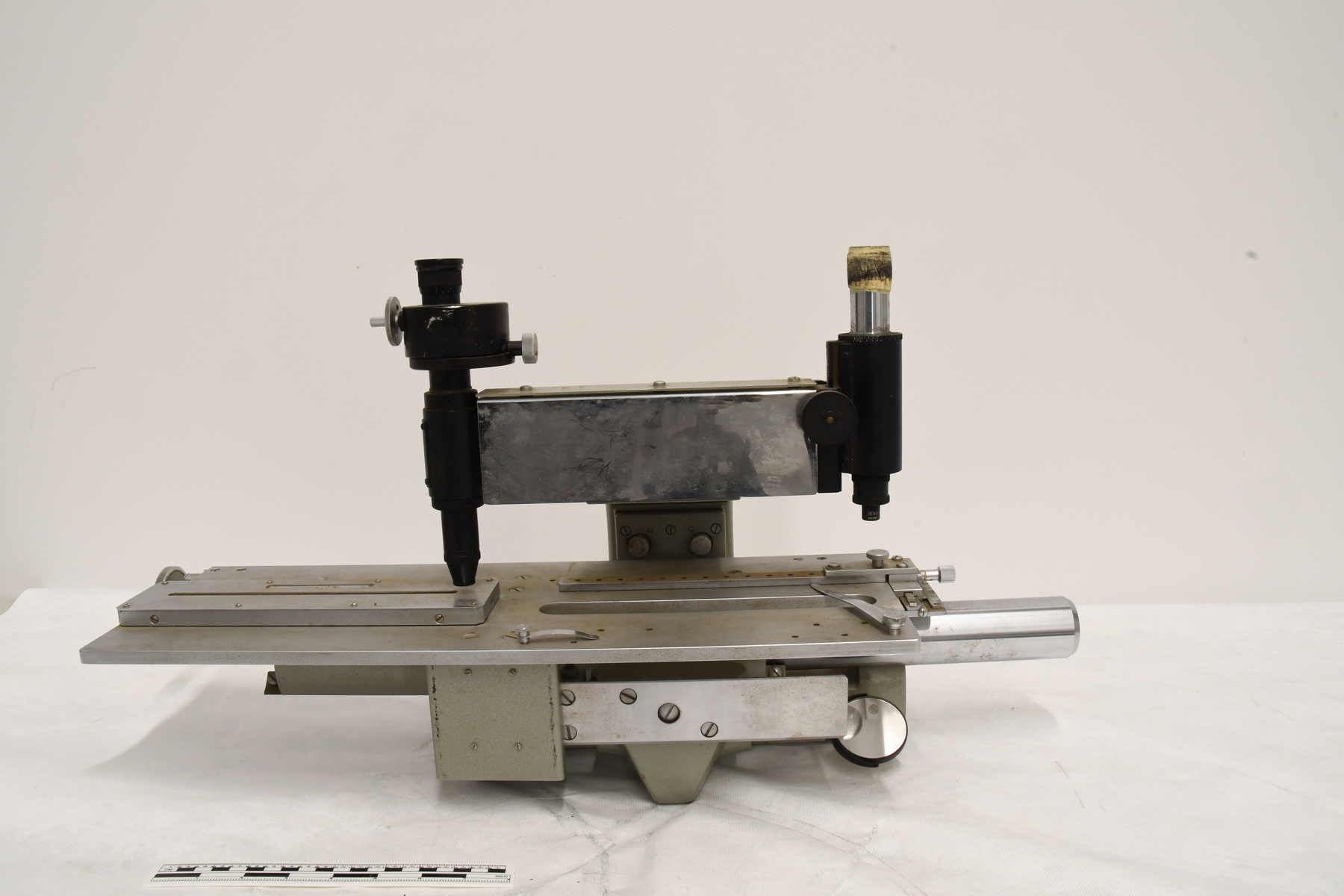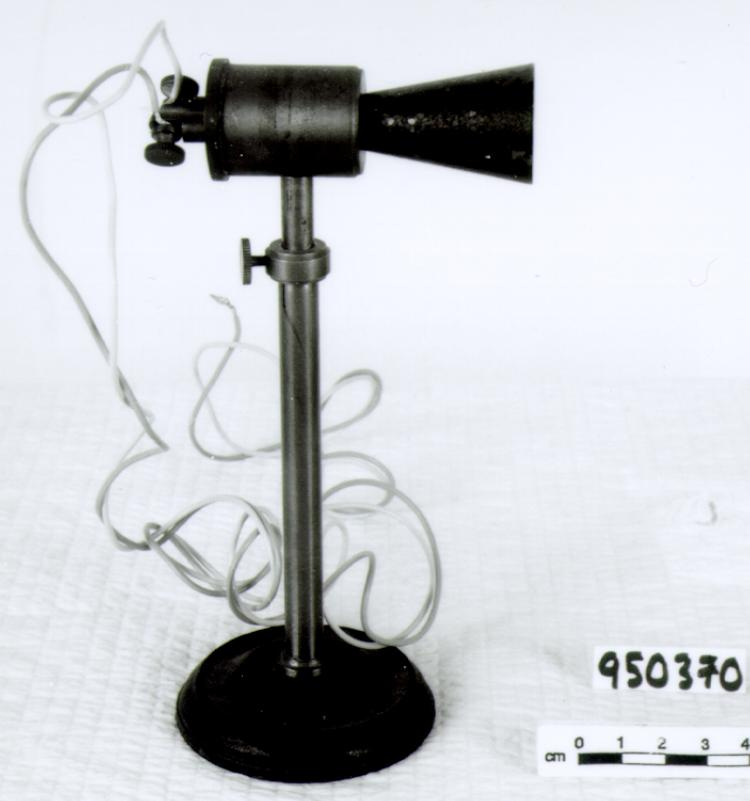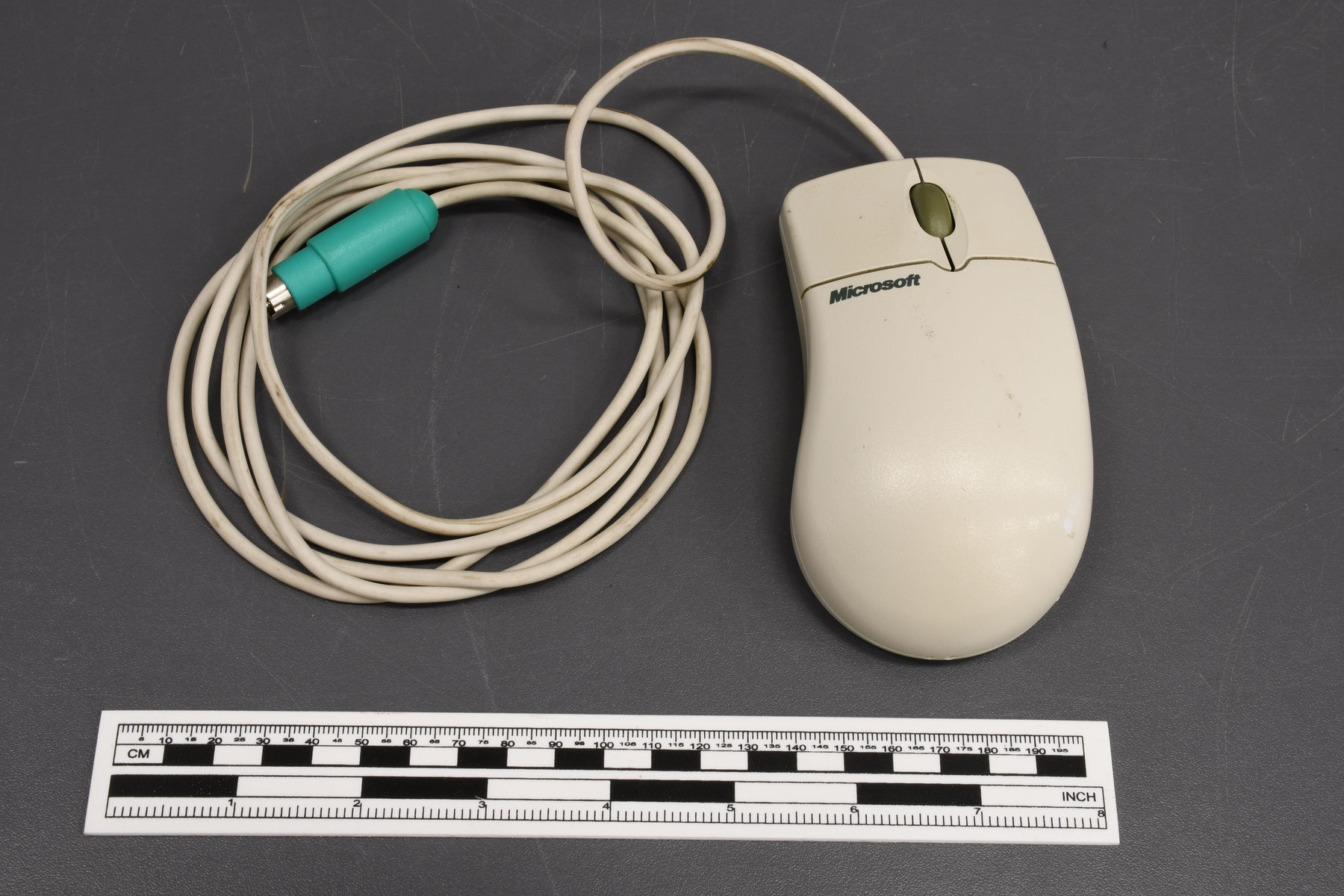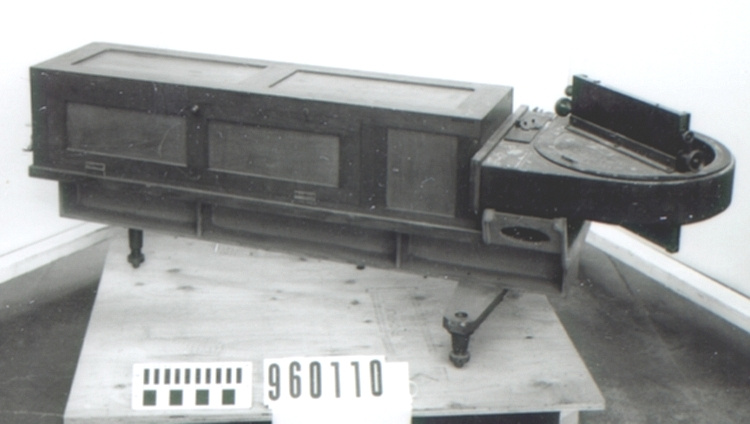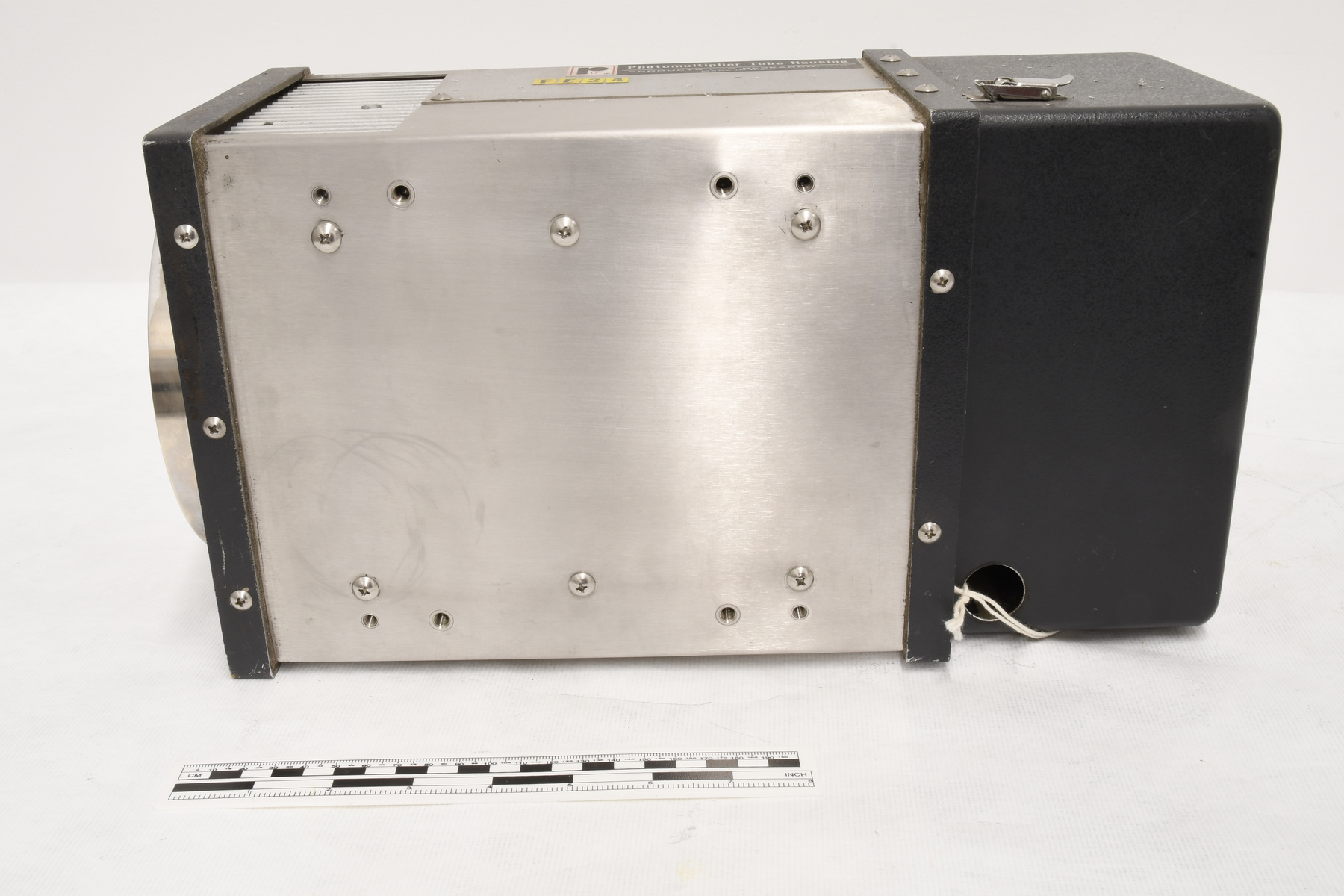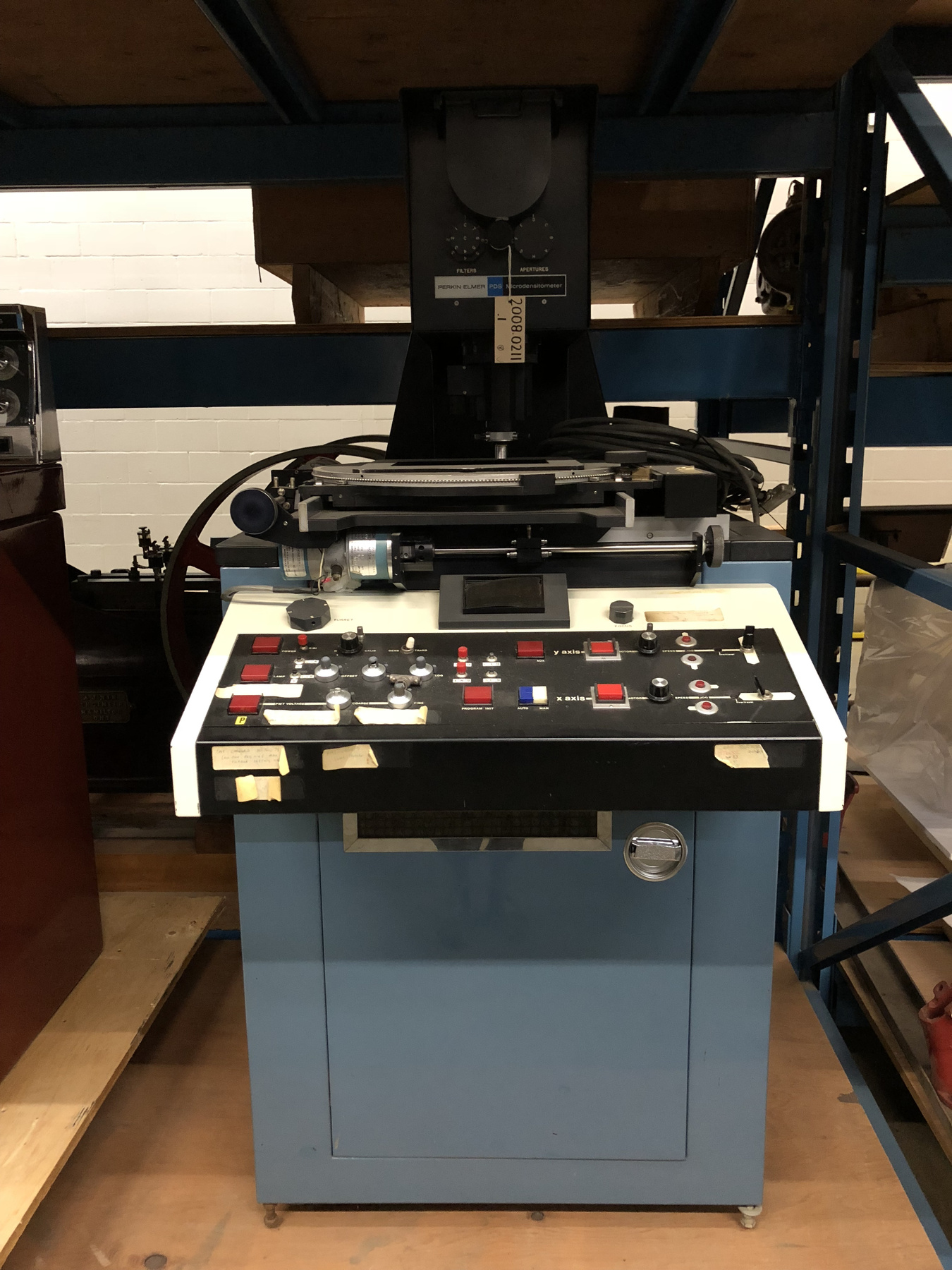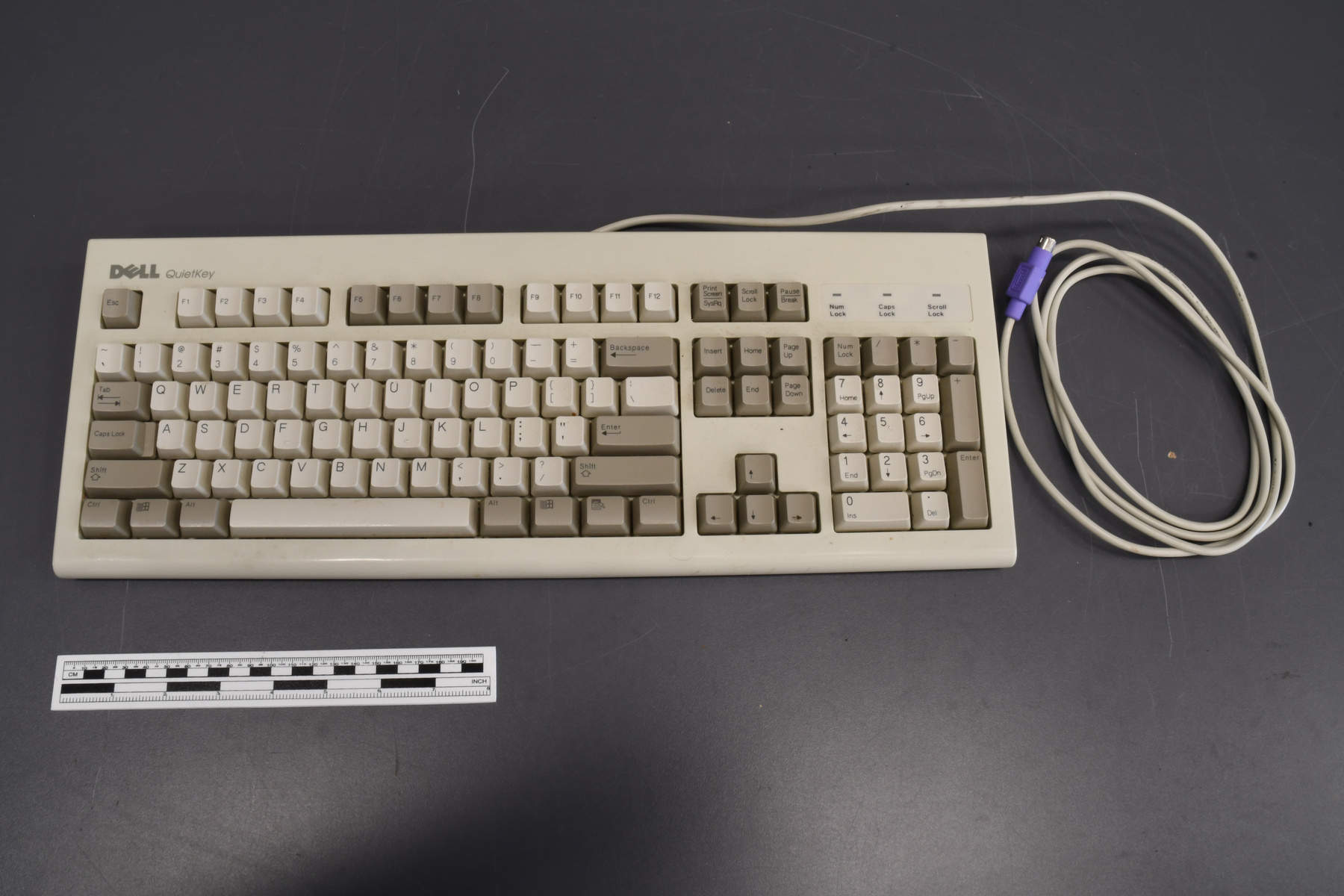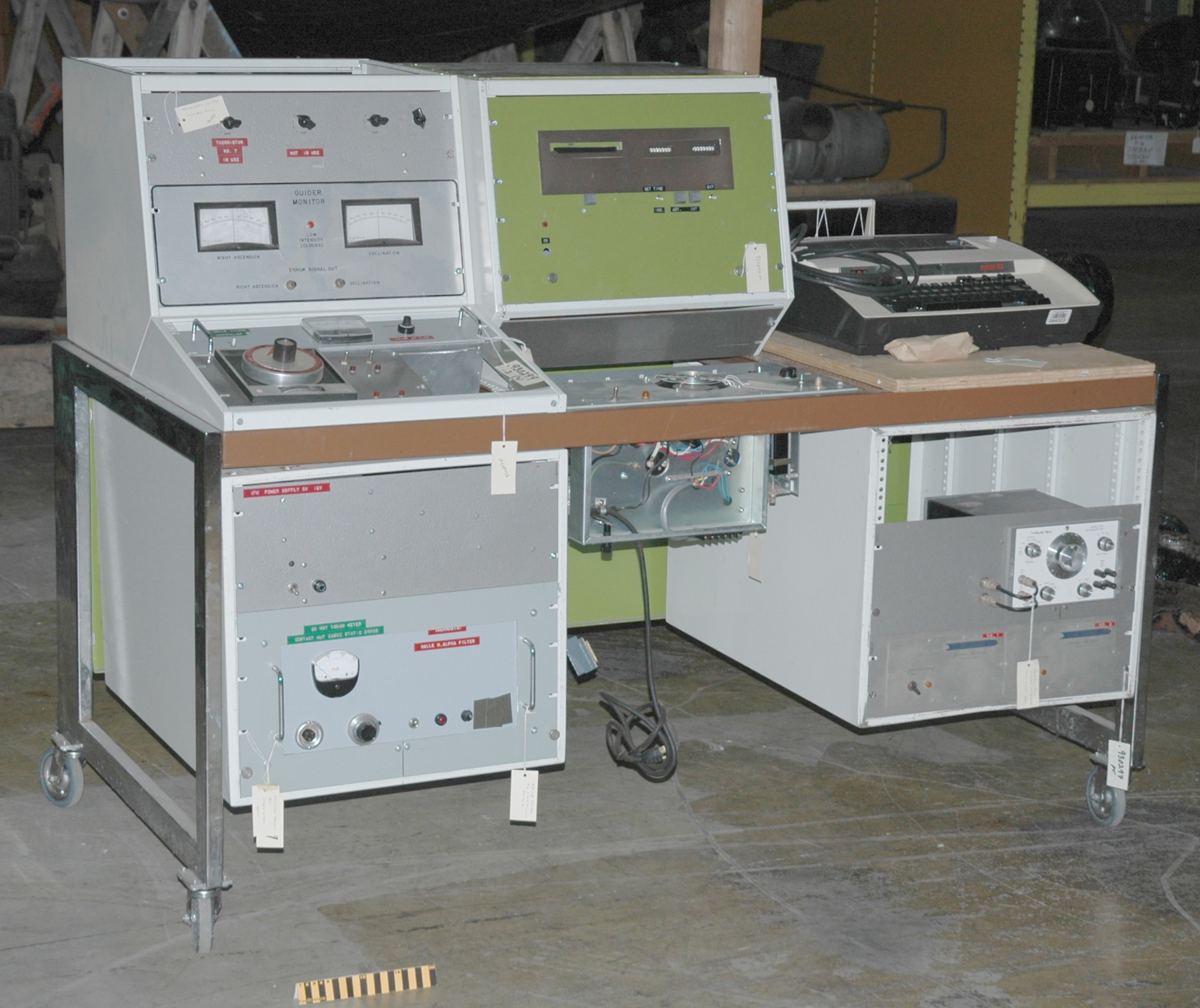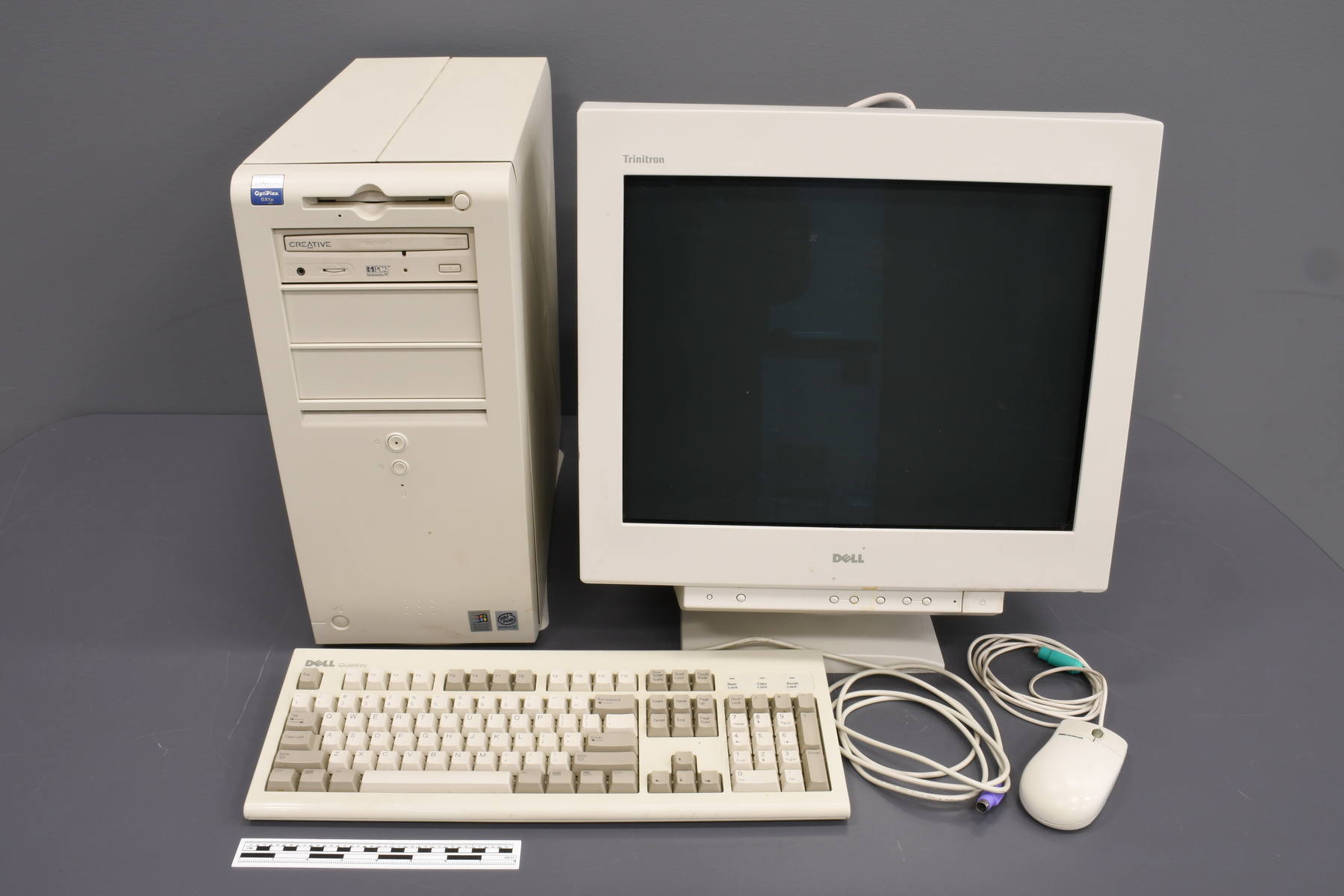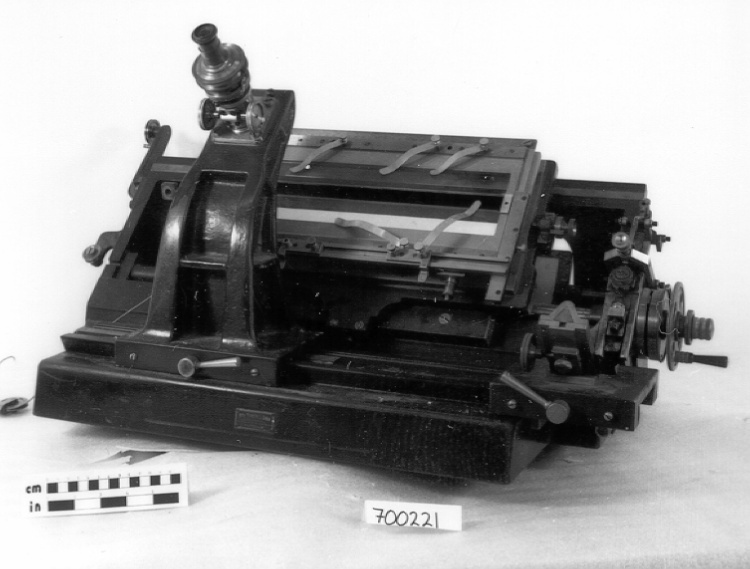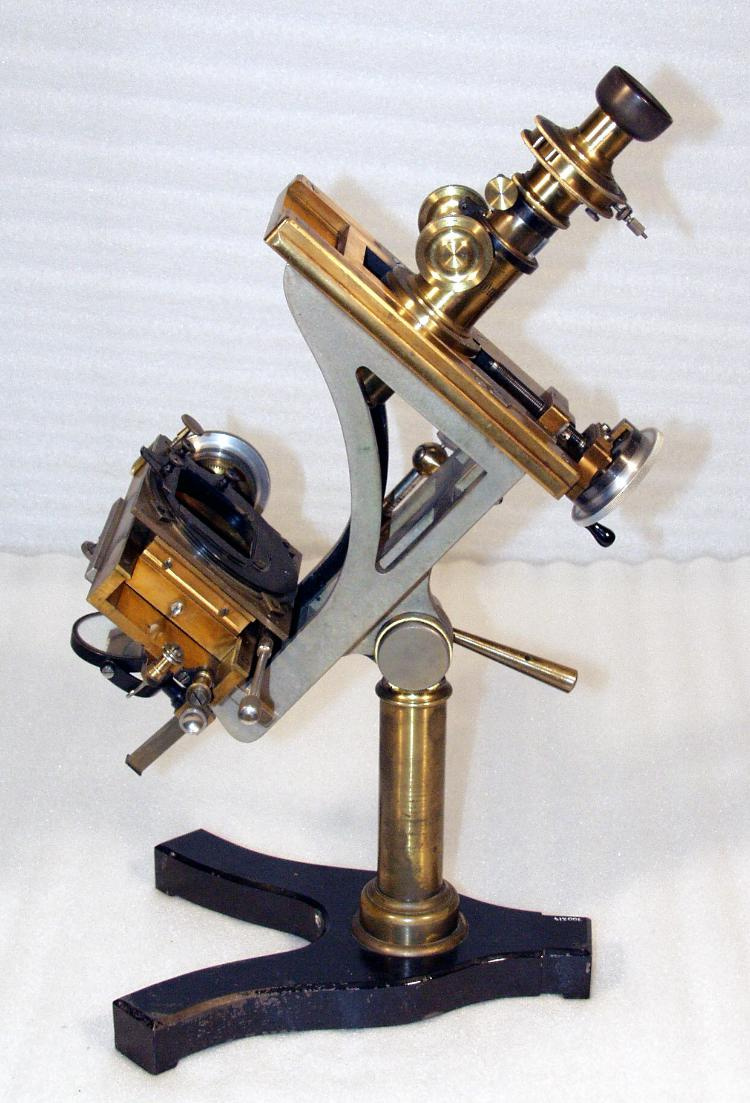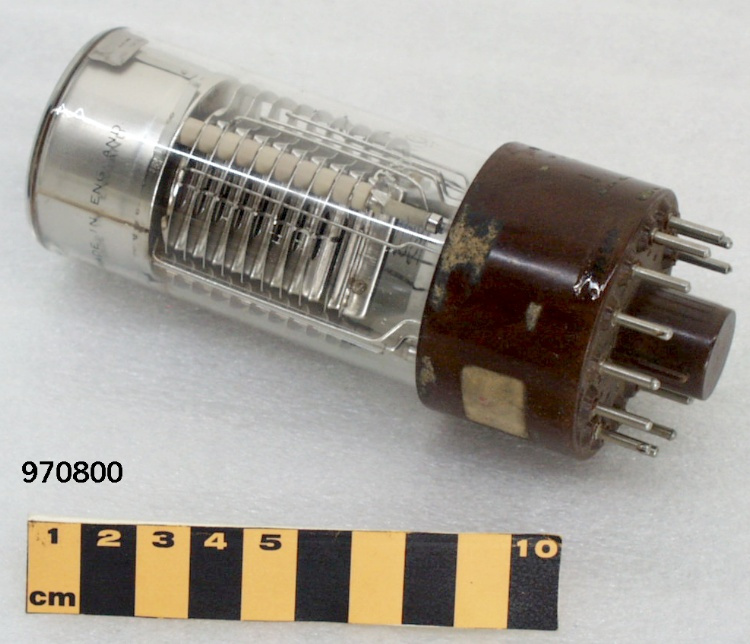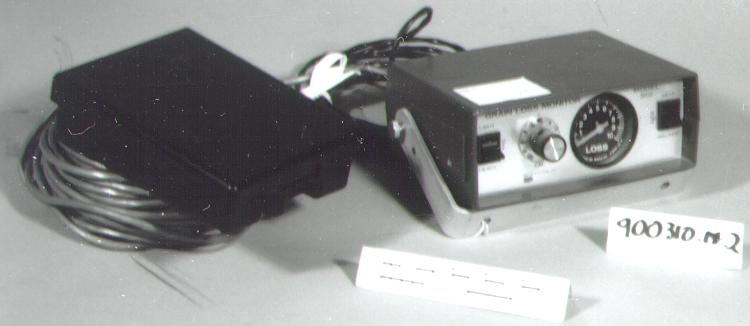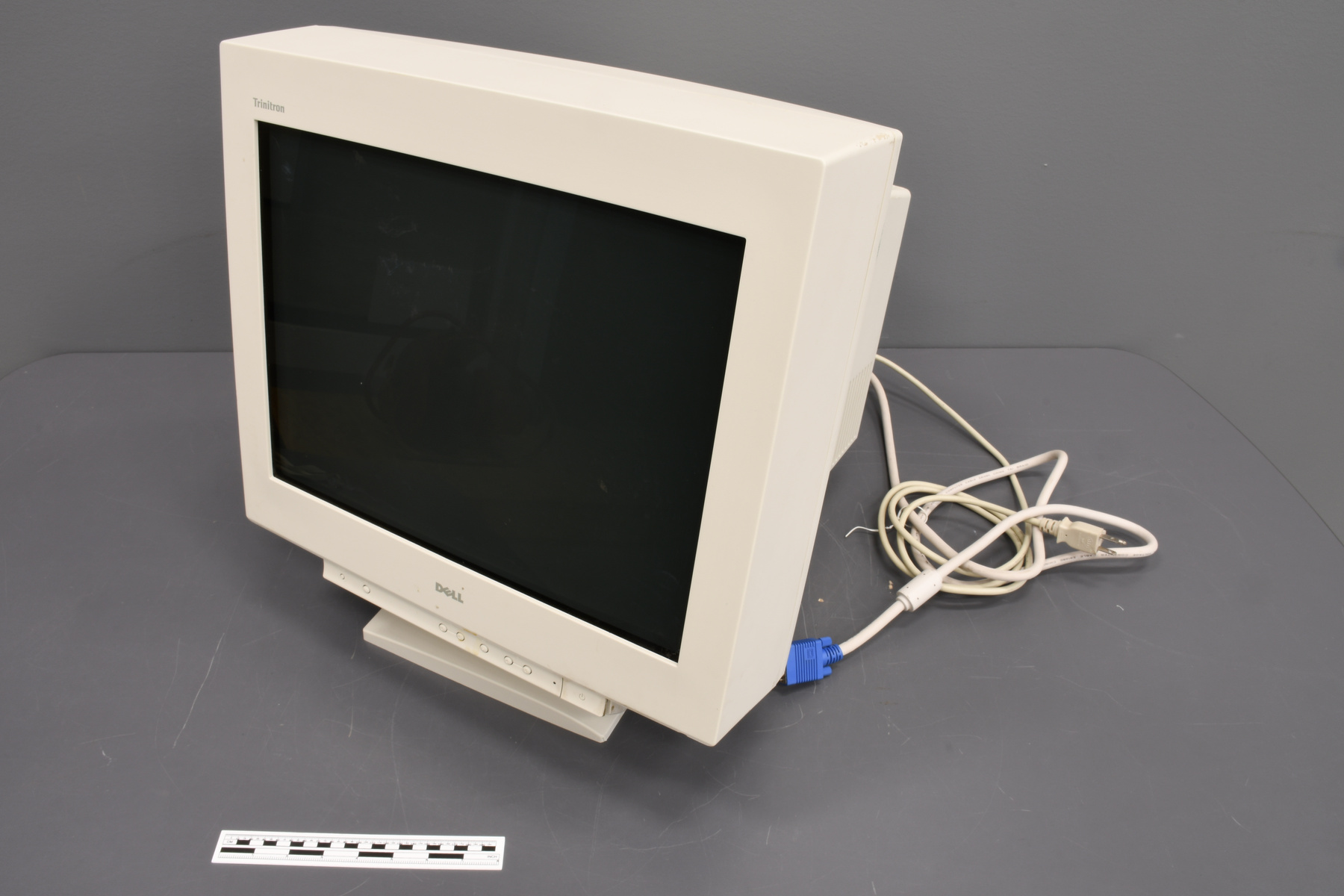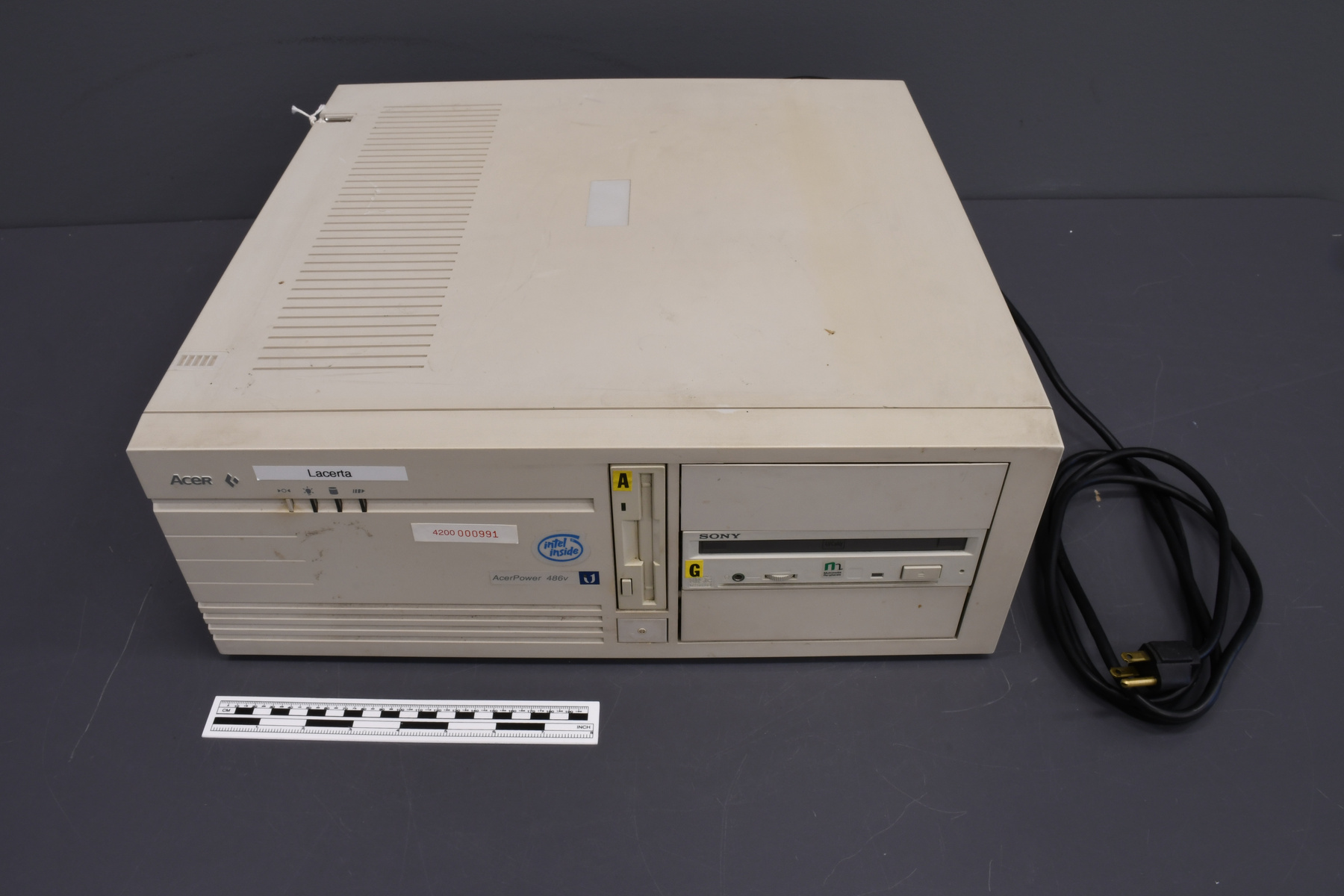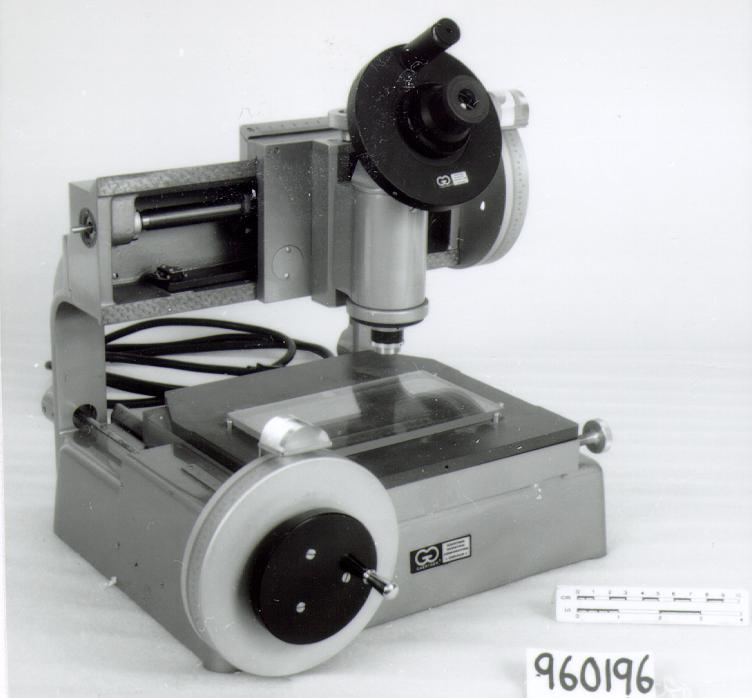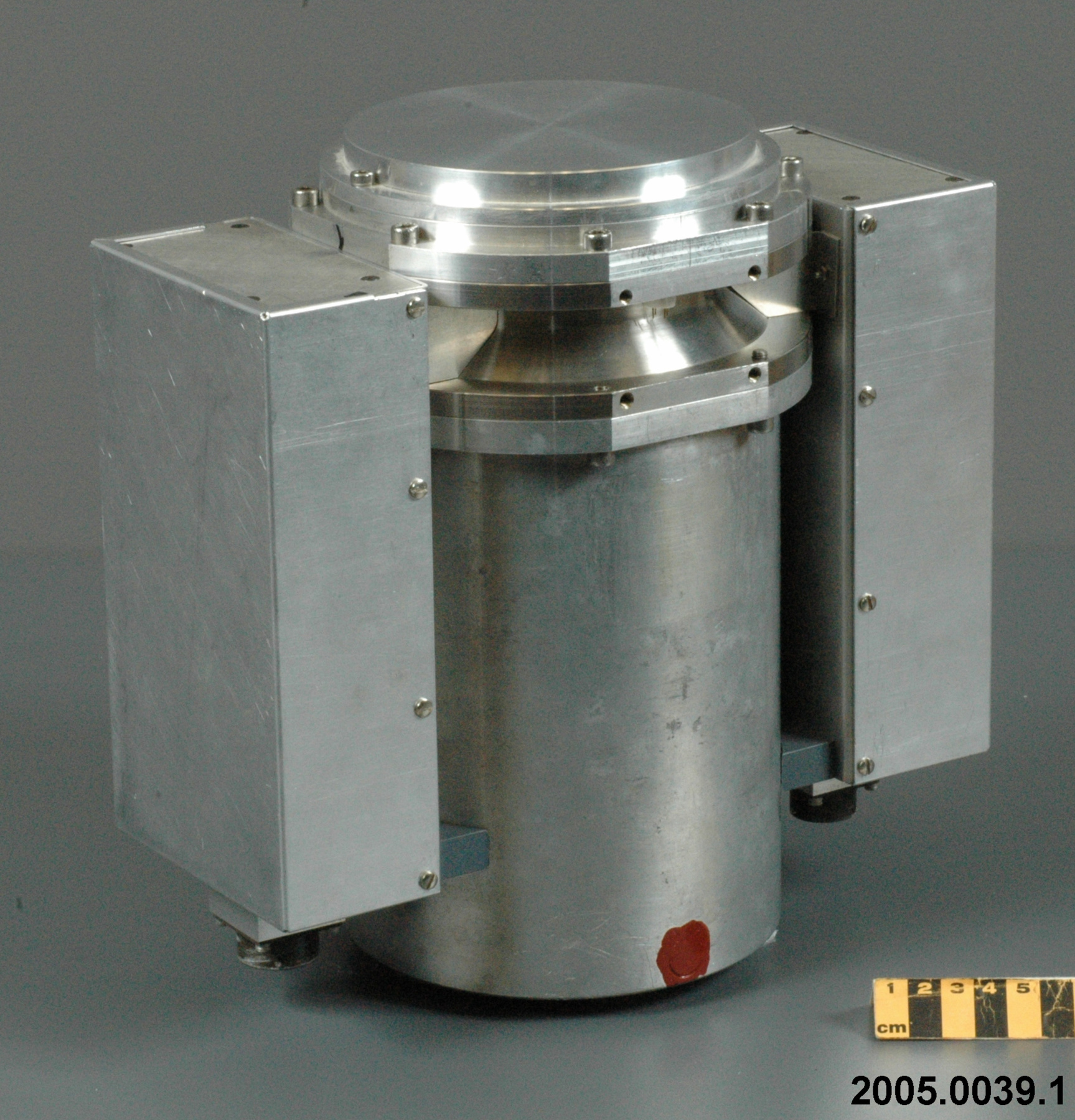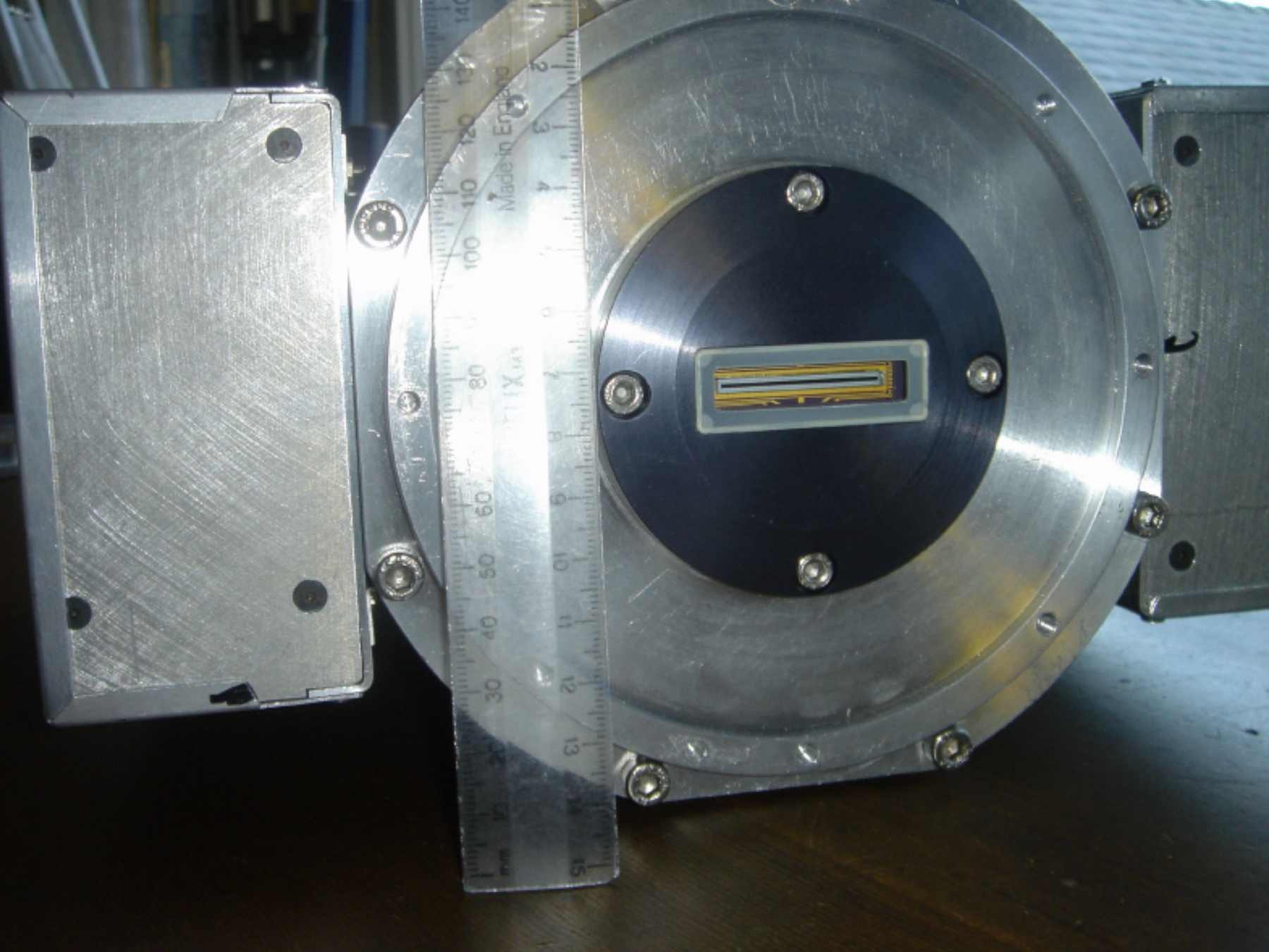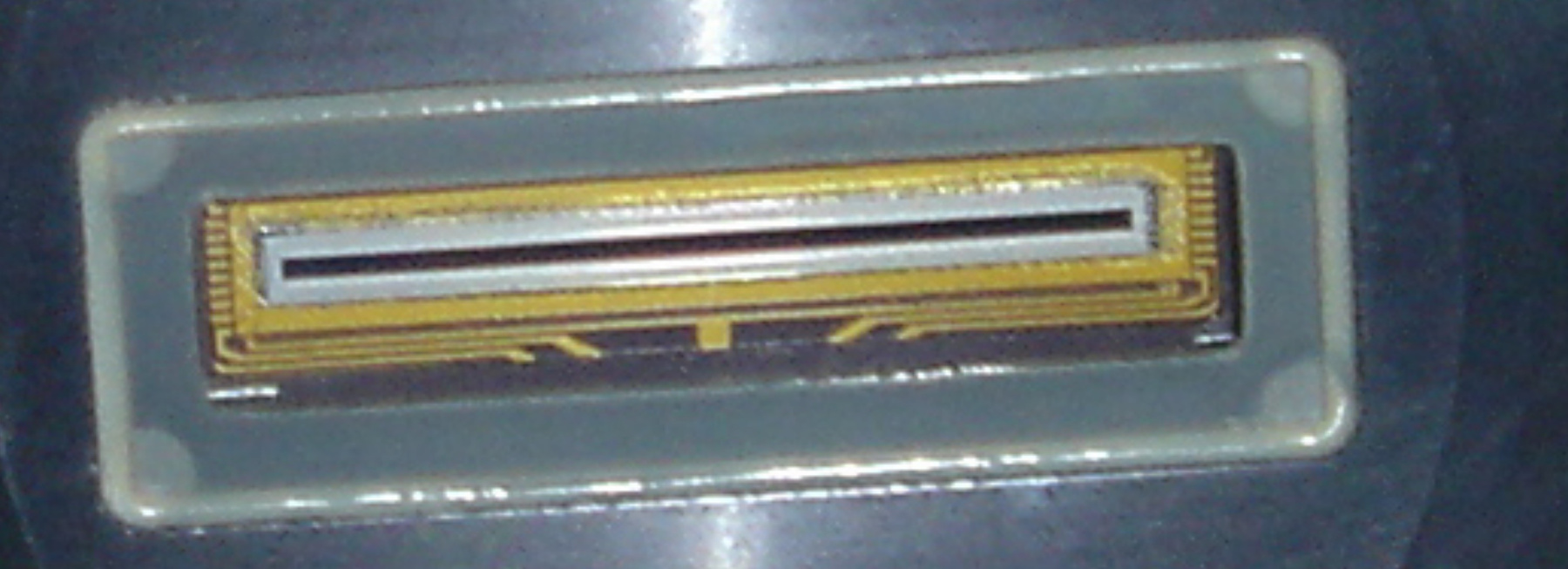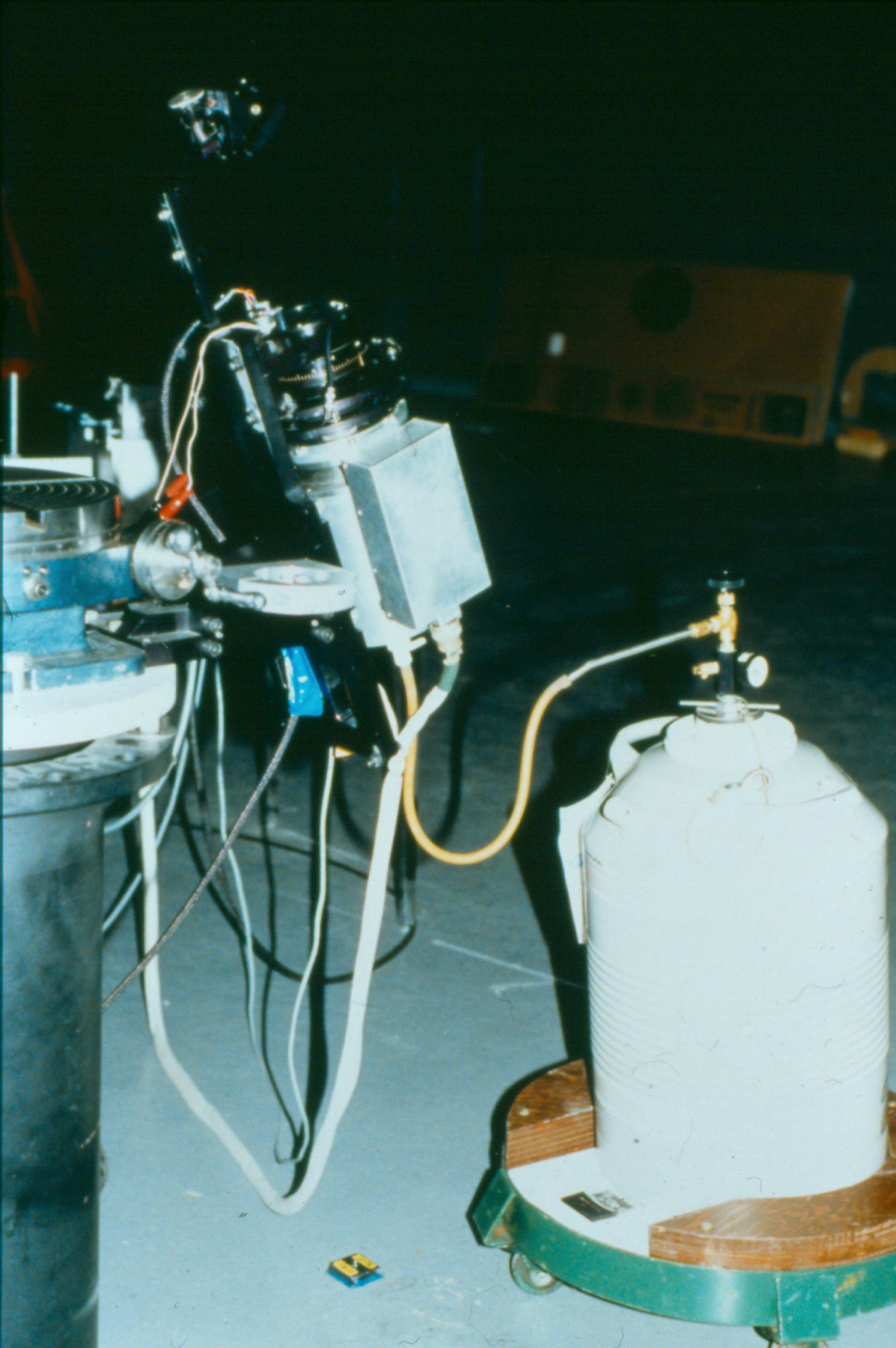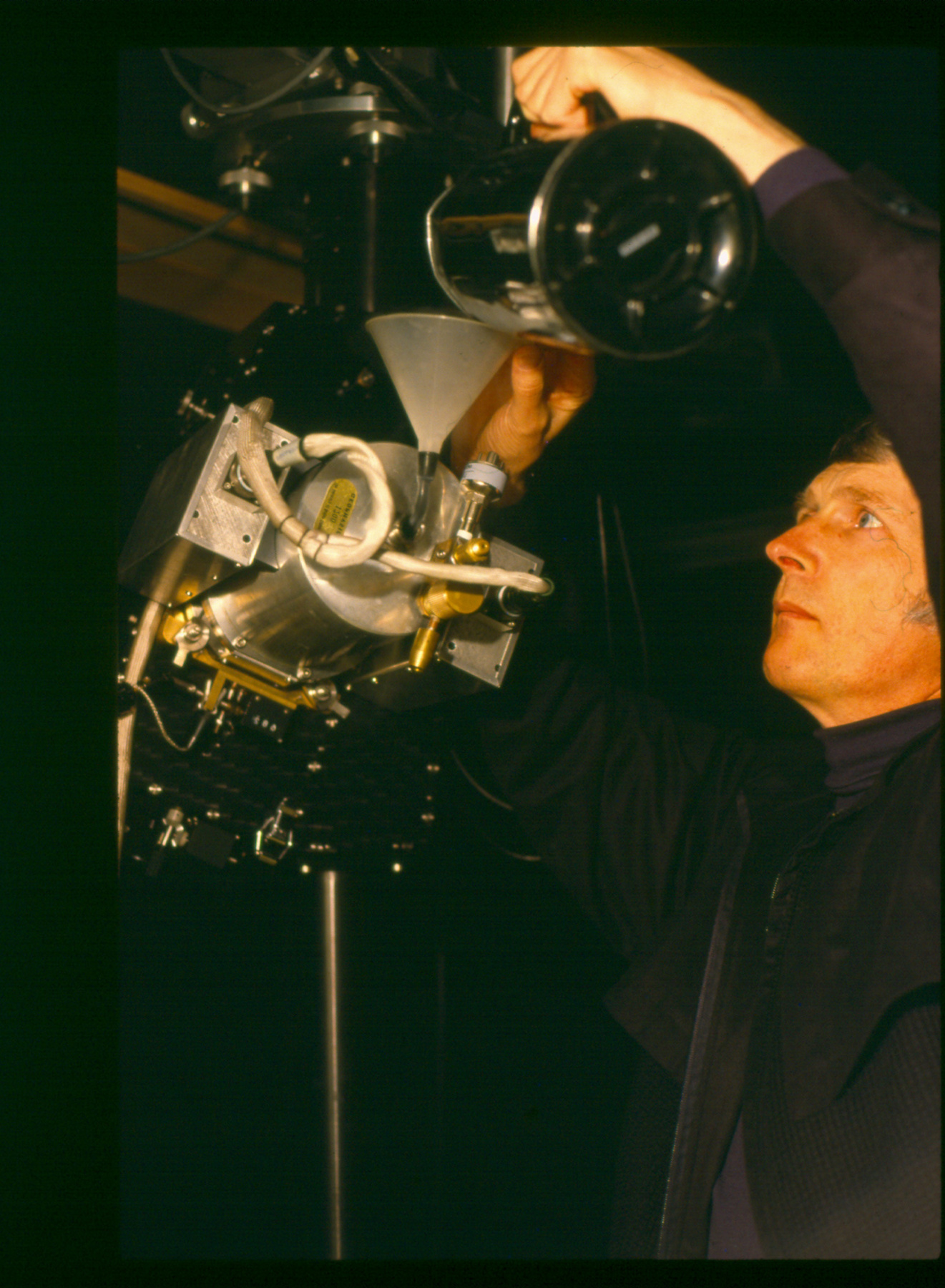Diode
Utiliser cette image
Puis-je réutiliser cette image sans autorisation? Oui
Les images sur le portail de la collection d’Ingenium ont la licence Creative Commons suivante :
Copyright Ingenium / CC BY-NC-ND (Attribution-NonCommercial 4.0 International (CC BY-NC 4.0)
ATTRIBUER CETTE IMAGE
Ingenium,
2005.0039.001
Permalien:
Ingenium diffuse cette image sous le cadre de licence Creative Commons et encourage son téléchargement et sa réutilisation à des fins non commerciales. Veuillez mentionner Ingenium et citer le numéro de l’artefact.
TÉLÉCHARGER L’IMAGEACHETER CETTE IMAGE
Cette image peut être utilisée gratuitement pour des fins non commerciales.
Pour un usage commercial, veuillez consulter nos frais de reproduction et communiquer avec nous pour acheter l’image.
- TYPE D’OBJET
- Image/photodiode
- DATE
- 1975
- NUMÉRO DE L’ARTEFACT
- 2005.0039.001
- FABRICANT
- EG & G Inc.
- MODÈLE
- RL-1872F
- EMPLACEMENT
- Wellesley, Massachusetts, United States of America
Plus d’information
Renseignements généraux
- Nº de série
- S/O
- Nº de partie
- 1
- Nombre total de parties
- 1
- Ou
- Reticon
- Brevets
- S/O
- Description générale
- aluminum casing/ metal parts/ synthetic parts
Dimensions
Remarque : Cette information reflète la taille générale pour l’entreposage et ne représente pas nécessairement les véritables dimensions de l’objet.
- Longueur
- 26,2 cm
- Largeur
- 15,0 cm
- Hauteur
- 26,5 cm
- Épaisseur
- S/O
- Poids
- S/O
- Diamètre
- S/O
- Volume
- S/O
Lexique
- Groupe
- Astronomie
- Catégorie
- Recherche
- Sous-catégorie
- S/O
Fabricant
- Ou
- EG&G
- Pays
- United States of America
- État/province
- Massachusetts
- Ville
- Wellesley
Contexte
- Pays
- Canada
- État/province
- Colombie-Britannique
- Période
- circa 1970+
- Canada
-
The reticon was a experimental device used by Canadian astronomer Gordon A.H. Walker in the 1970s to develop more sensitive detectors for astronomical observations. He was in the Dept. of Geophysics and Astronomy at the University of British Columbia and worked closely with staff (especially the tech staff during instrument development) at the Dominion Astrophysical Observatory in Victoria. Dr. Walker and his group at UBC were doing ground breaking research with these devices and they are (or almost) unique in Canada and rare world wide at least for astronomical use. Two or three groups were experimenting with similar technology in the US and UK. One of the major elements of Walker's research was to verify the accuracy of the systems compared to traditional techniques. - Fonction
-
A photodiode, part of an experimental system used to record images of astronomical phenomena in order to measure stellar and galactic spectra. - Technique
-
This device represents a major step from traditional photography based astronomical research and the associated equipment (e.g. microdensitometer (1998.0275), Cuffy Iris photometer) towards CCD based astronomical detectors. Its use enabled a large improvement in detector sensitivity and precision and made possible detection of rapid changes in astronomical spectra. The reticon was used with a spectrograph to determine the velocity shifts of spectral lines in stars and was a much more rapid method and with higher resolution. Typical best radial velocity measurements at this time (ca. 1970) were about 1 km/s but with the reticon, Dr. Walker and his collaborators achieved measurements of the order of 100 m/s. This technology with ever more improved detectors in the mid-1990s allowed astronomers to detect the first extra-solar system planet. By 2005, almost 200 have been discovered. - Notes sur la région
-
Inconnu
Détails
- Marques
- none
- Manque
- unknown
- Fini
- dewar: brushed metal
- Décoration
- S/O
FAIRE RÉFÉRENCE À CET OBJET
Si vous souhaitez publier de l’information sur cet objet de collection, veuillez indiquer ce qui suit :
EG & G Inc., Diode, vers 1975, Numéro de l'artefact 2005.0039, Ingenium - Musées des sciences et de l'innovation du Canada, http://collections.ingeniumcanada.org/fr/id/2005.0039.001/
RÉTROACTION
Envoyer une question ou un commentaire sur cet artefact.
Plus comme ceci
